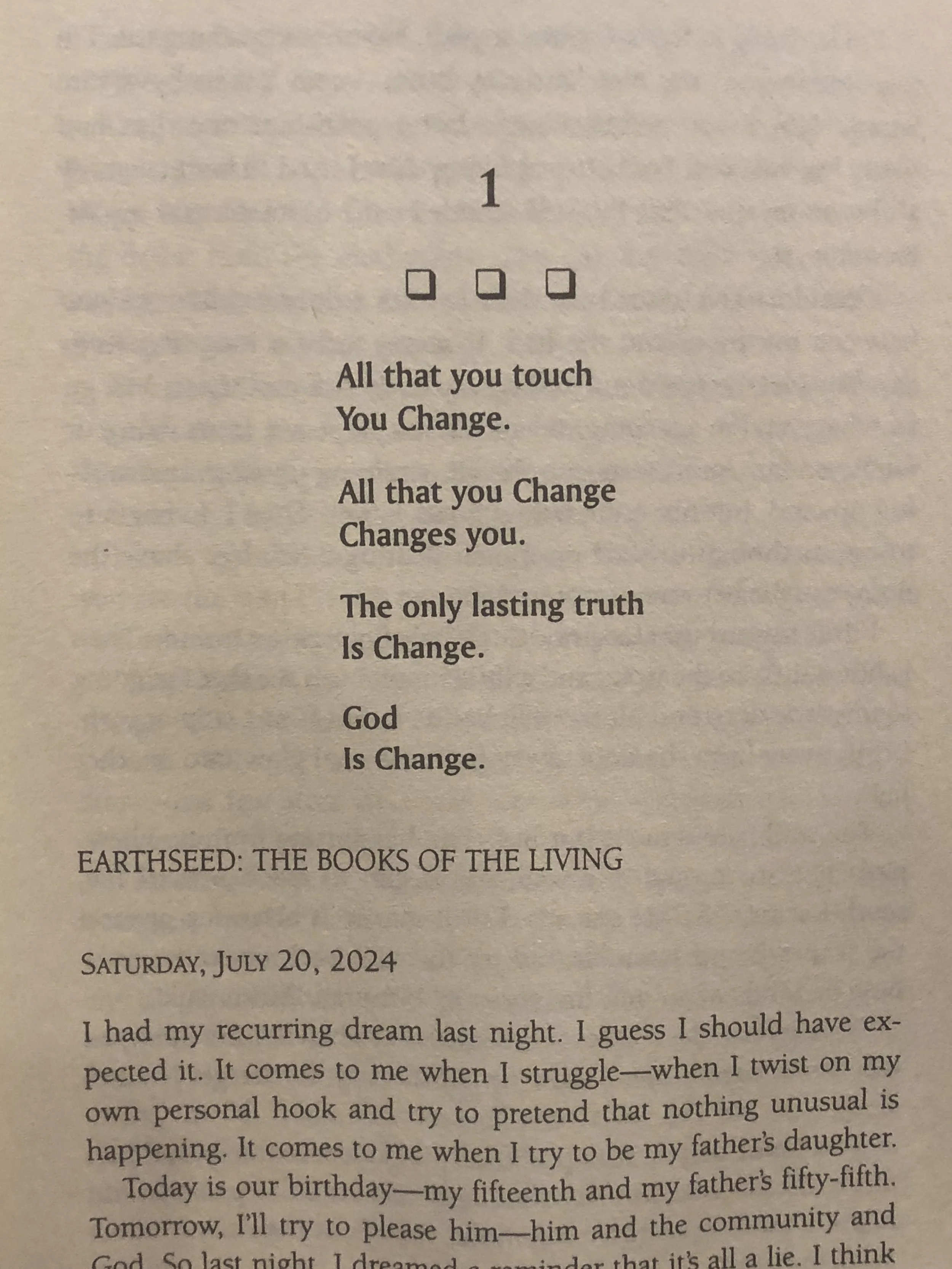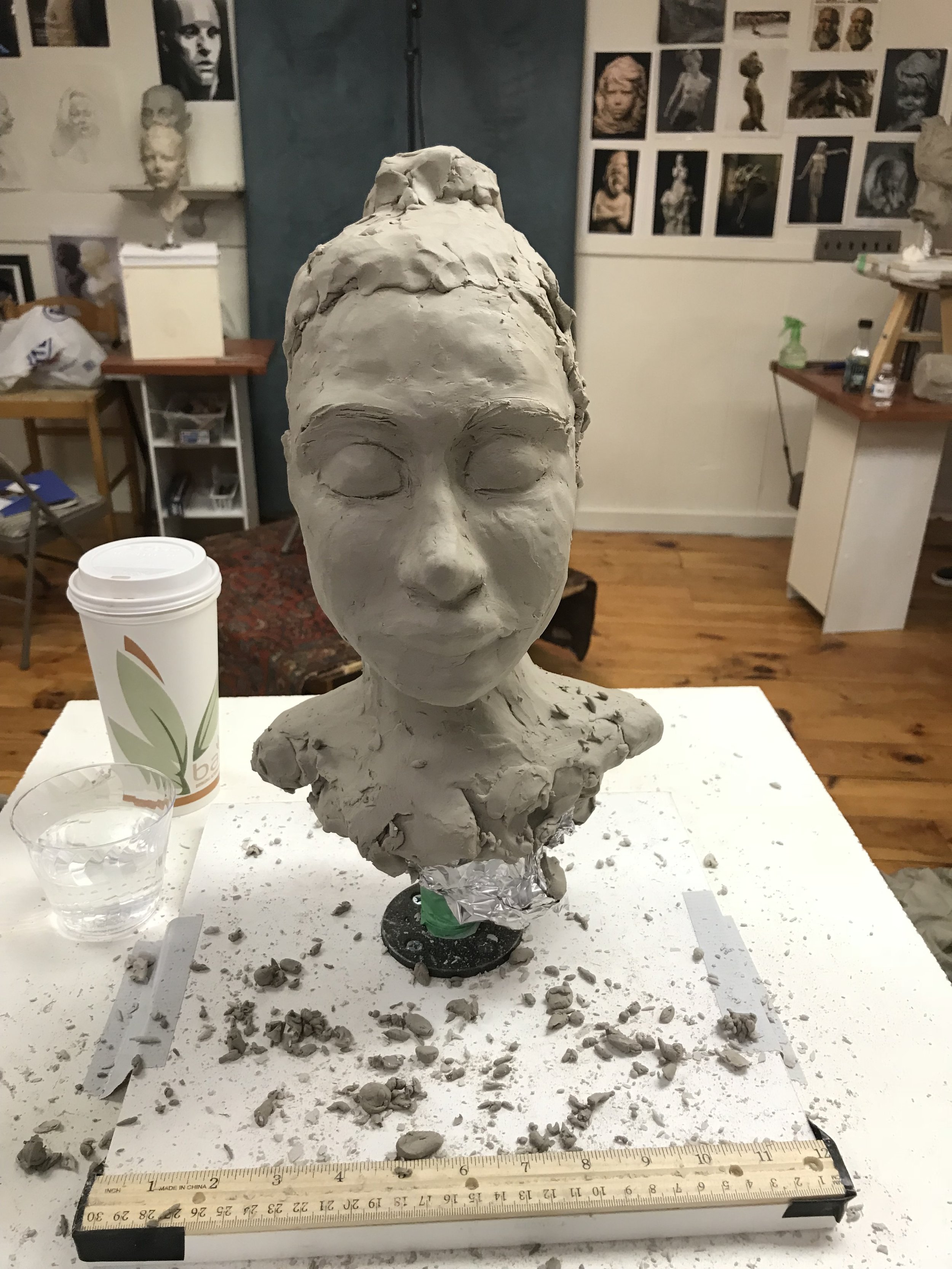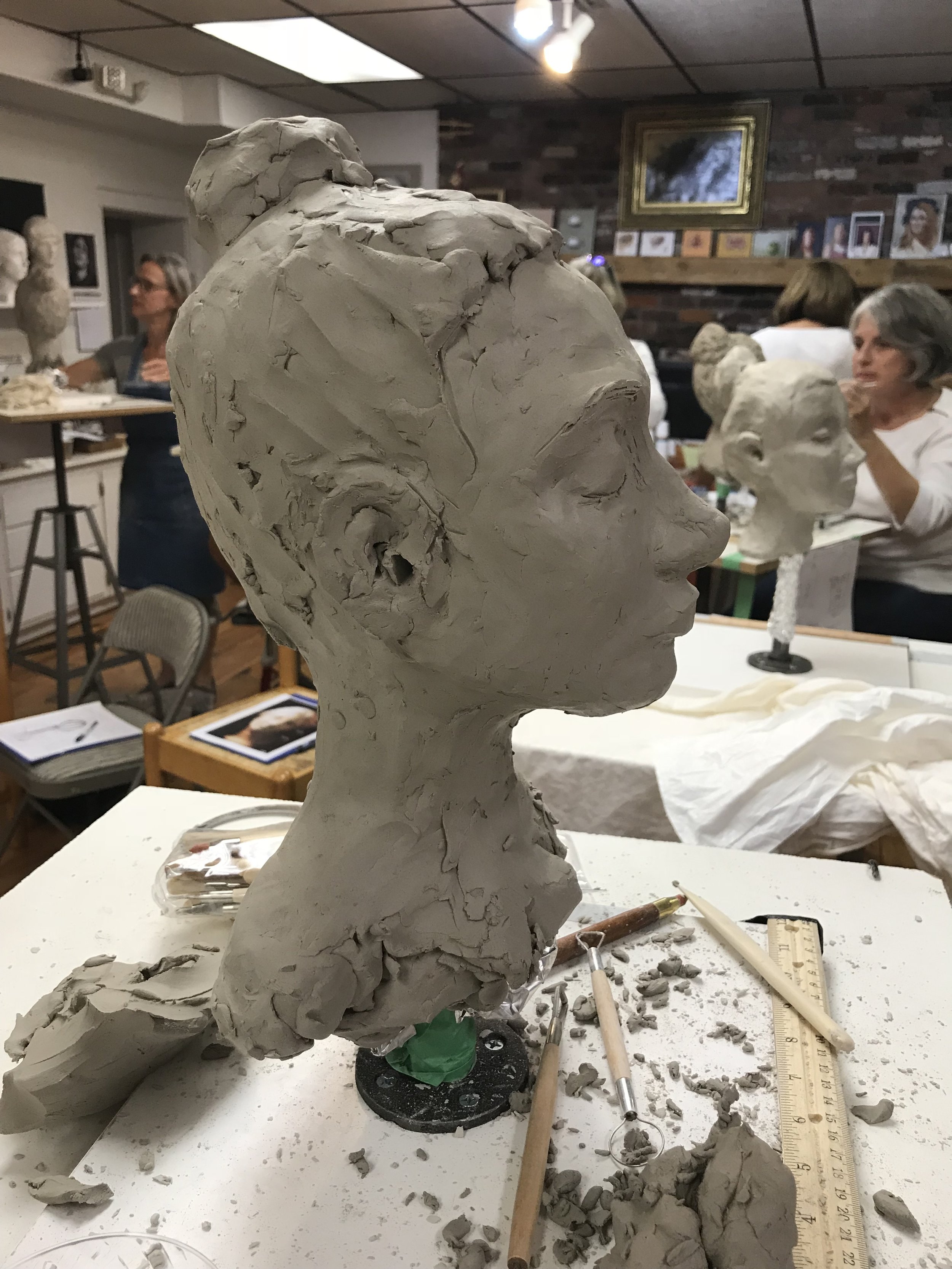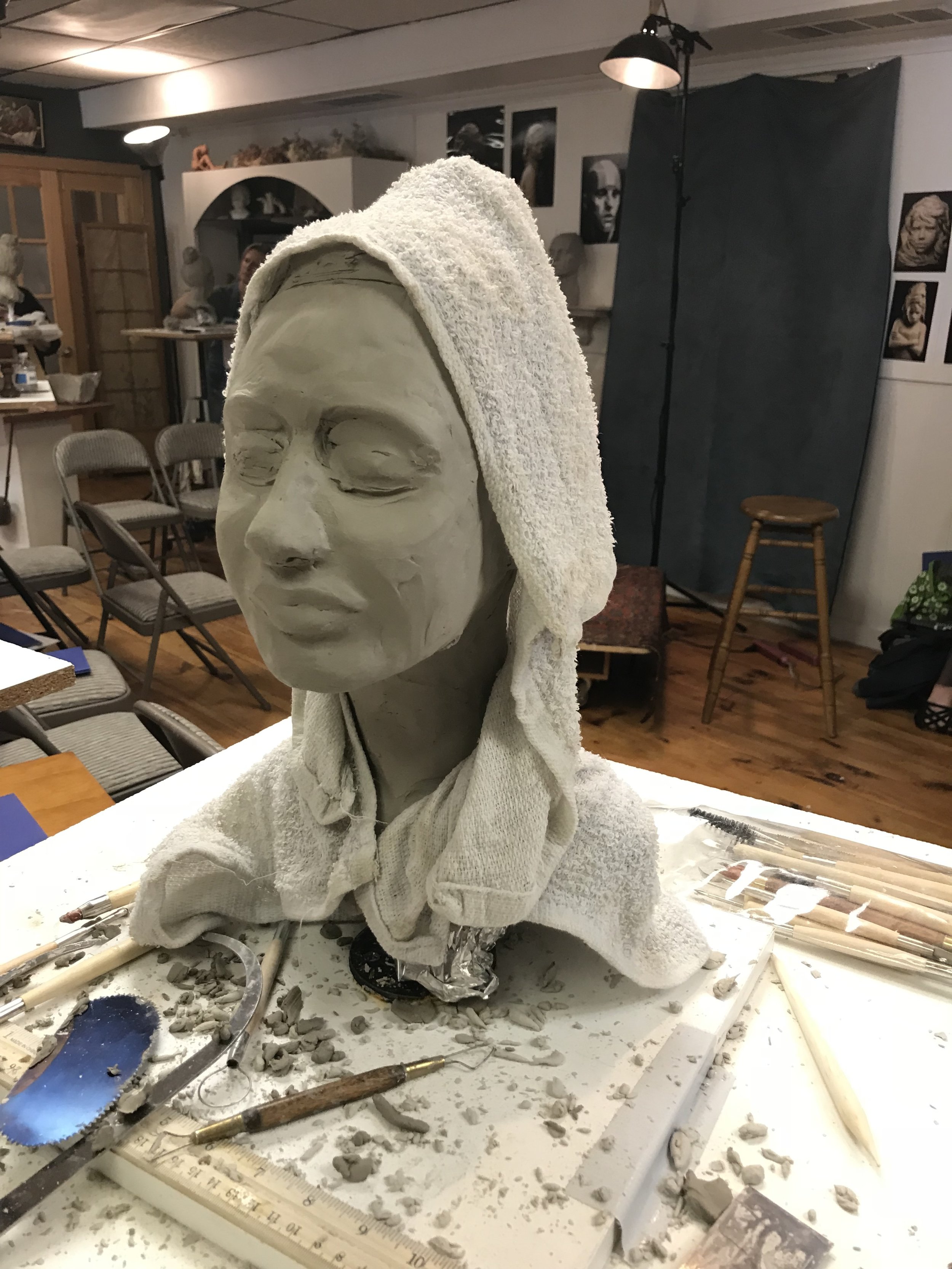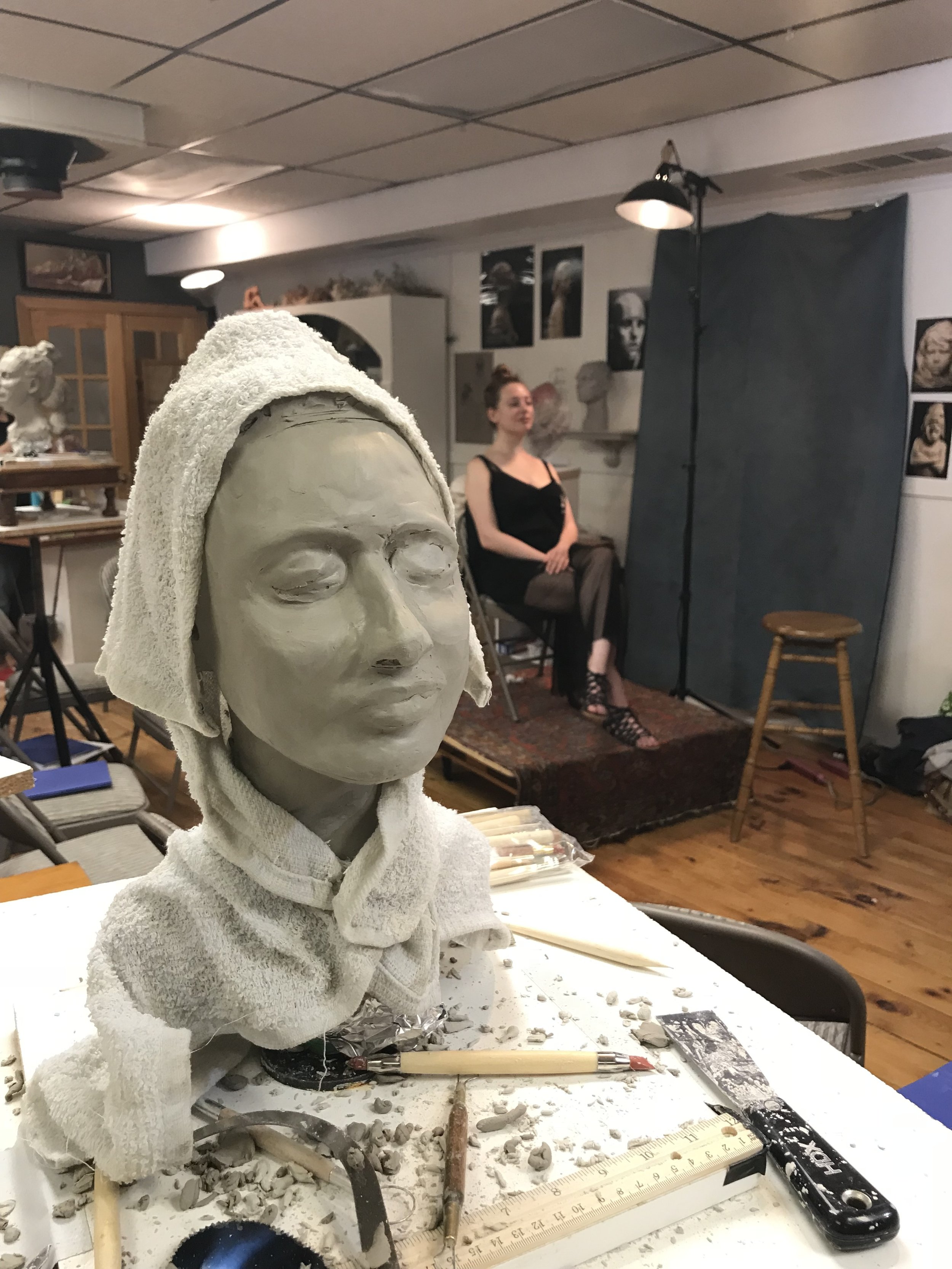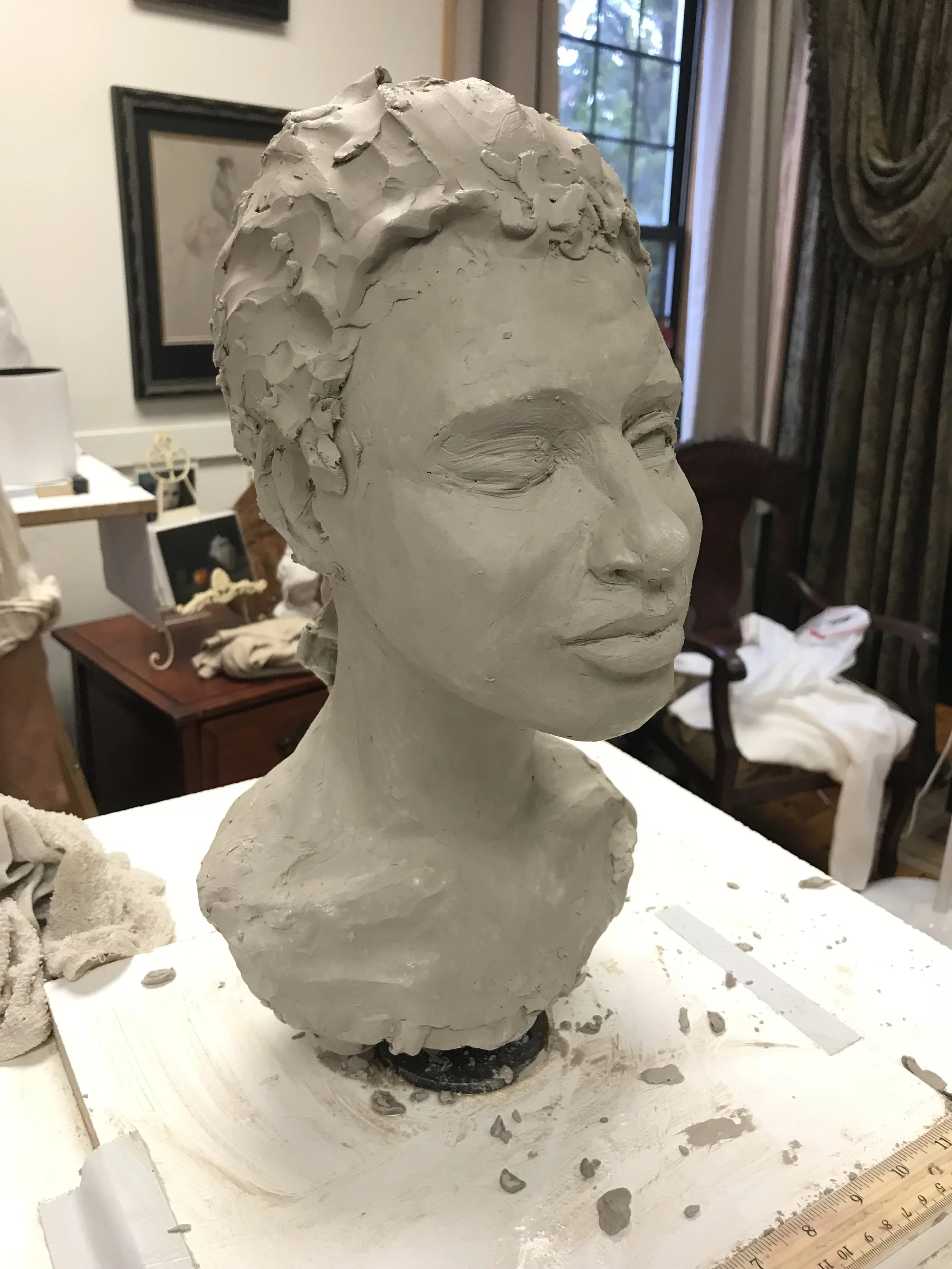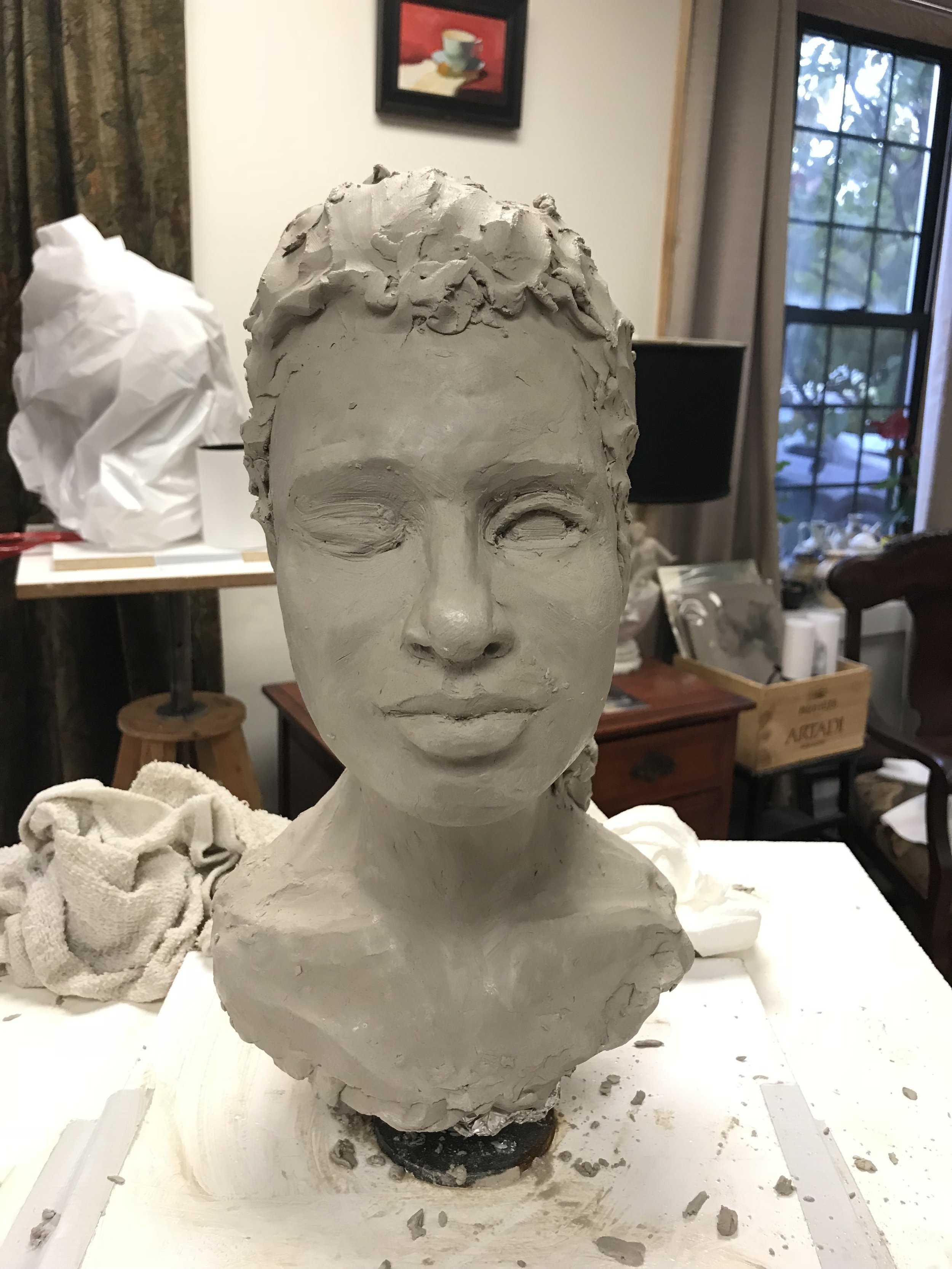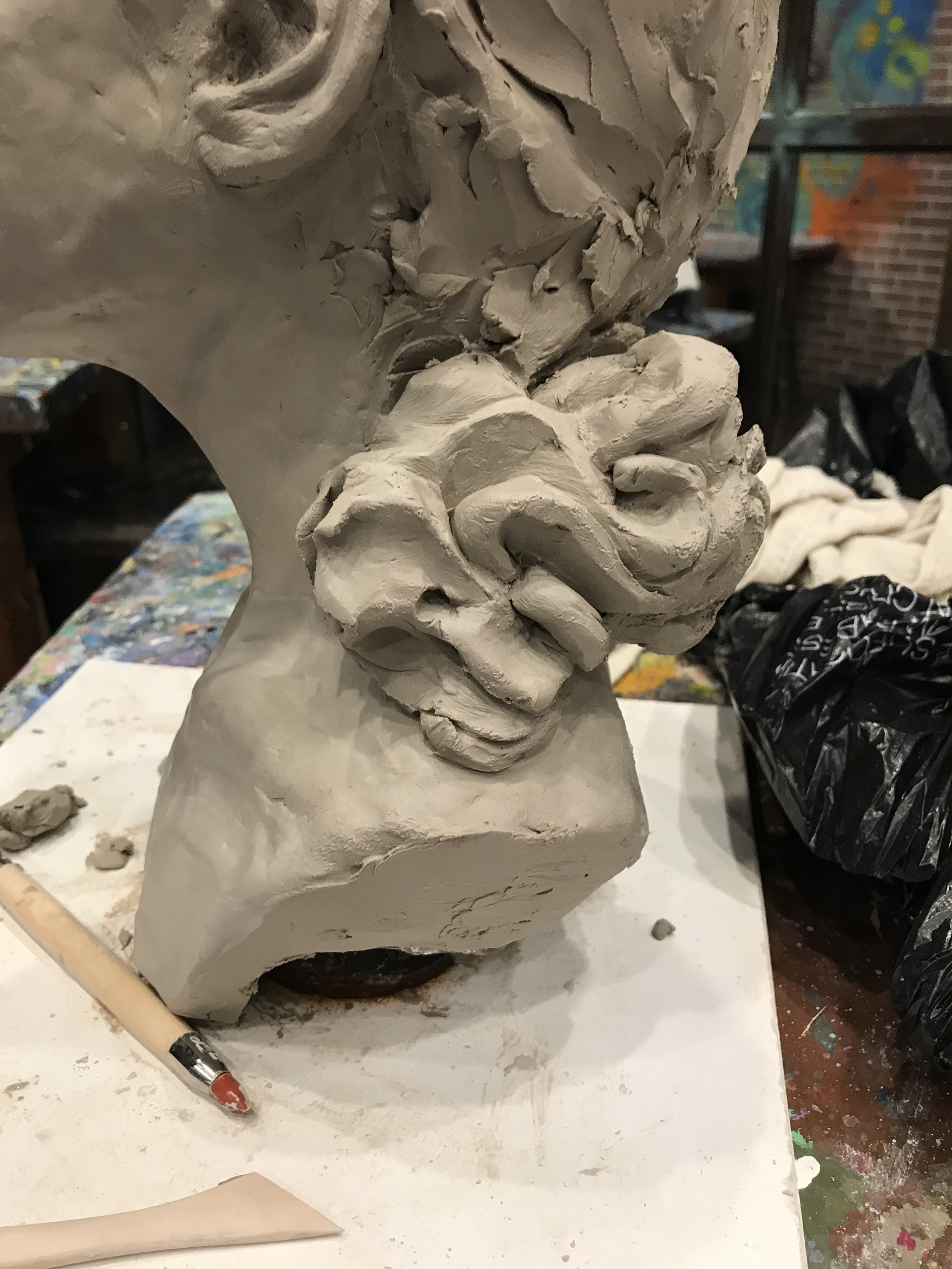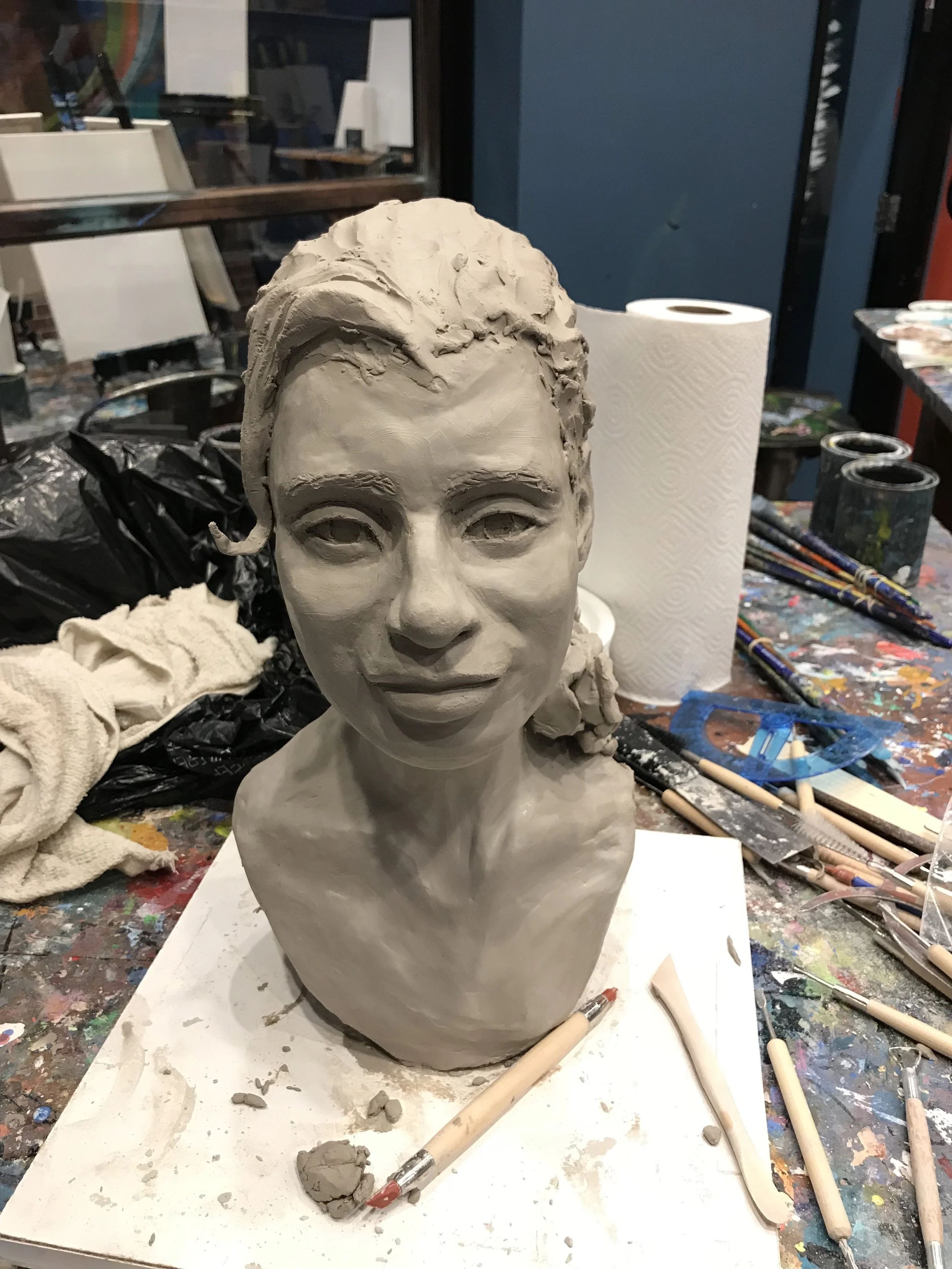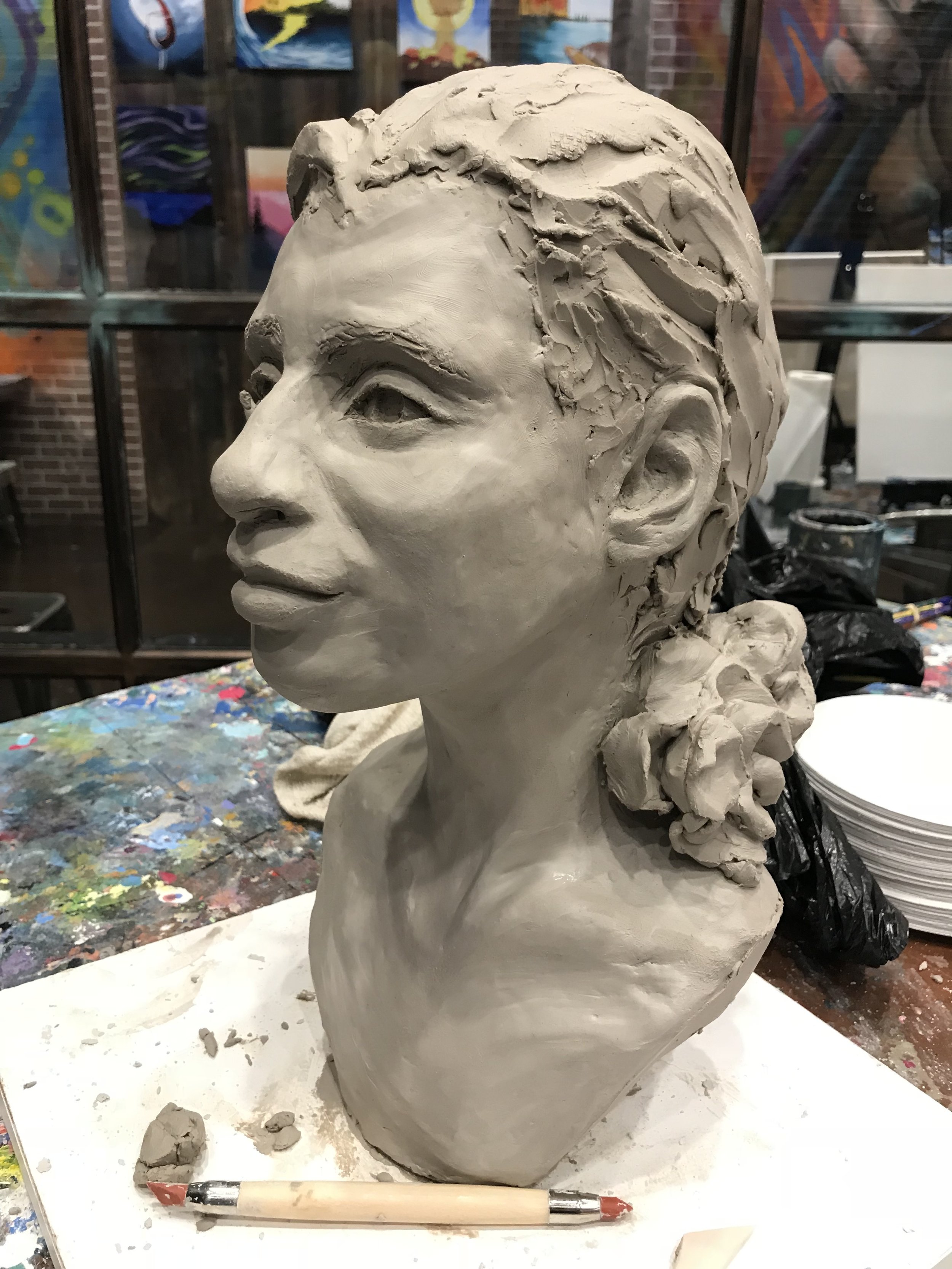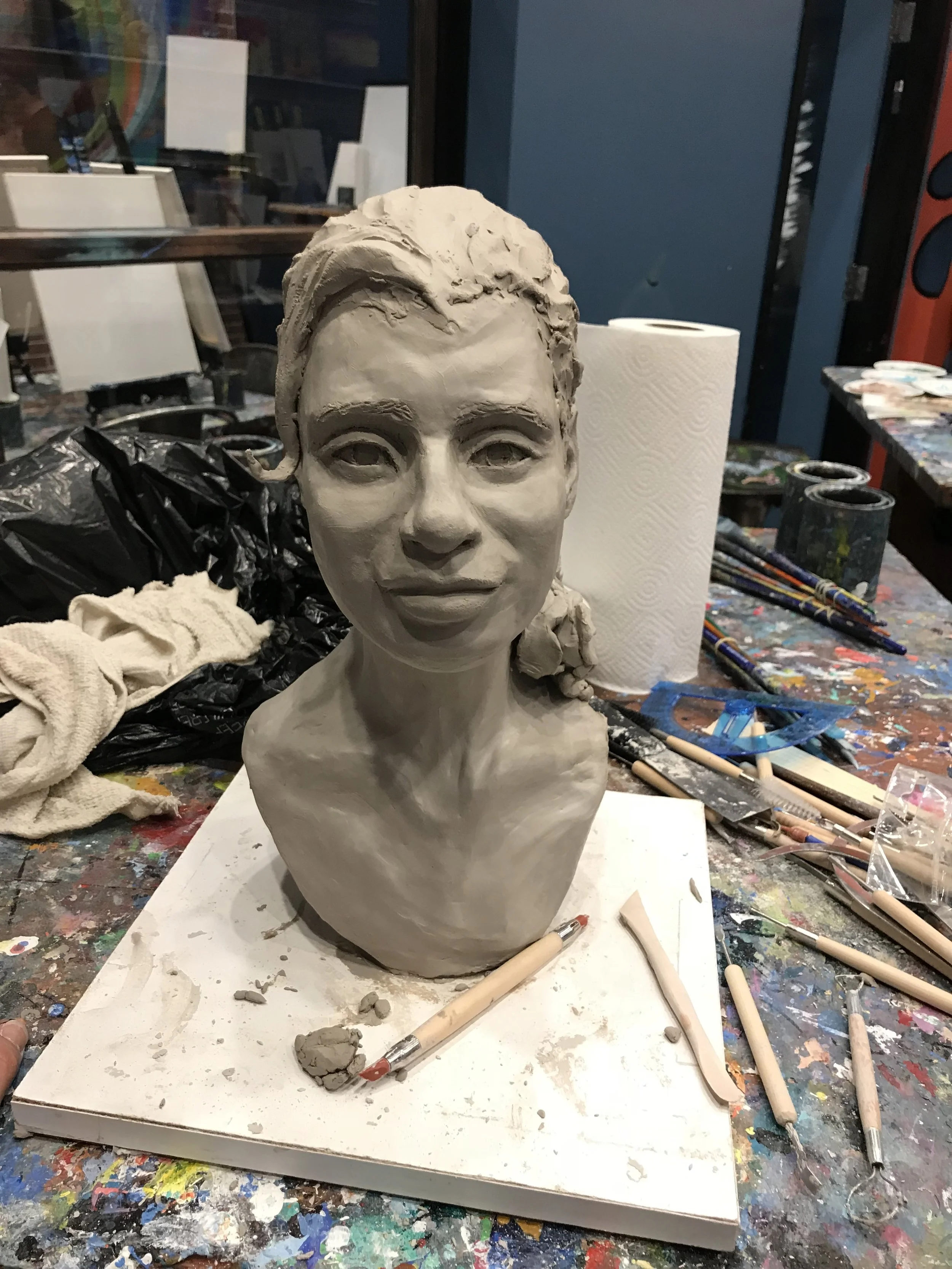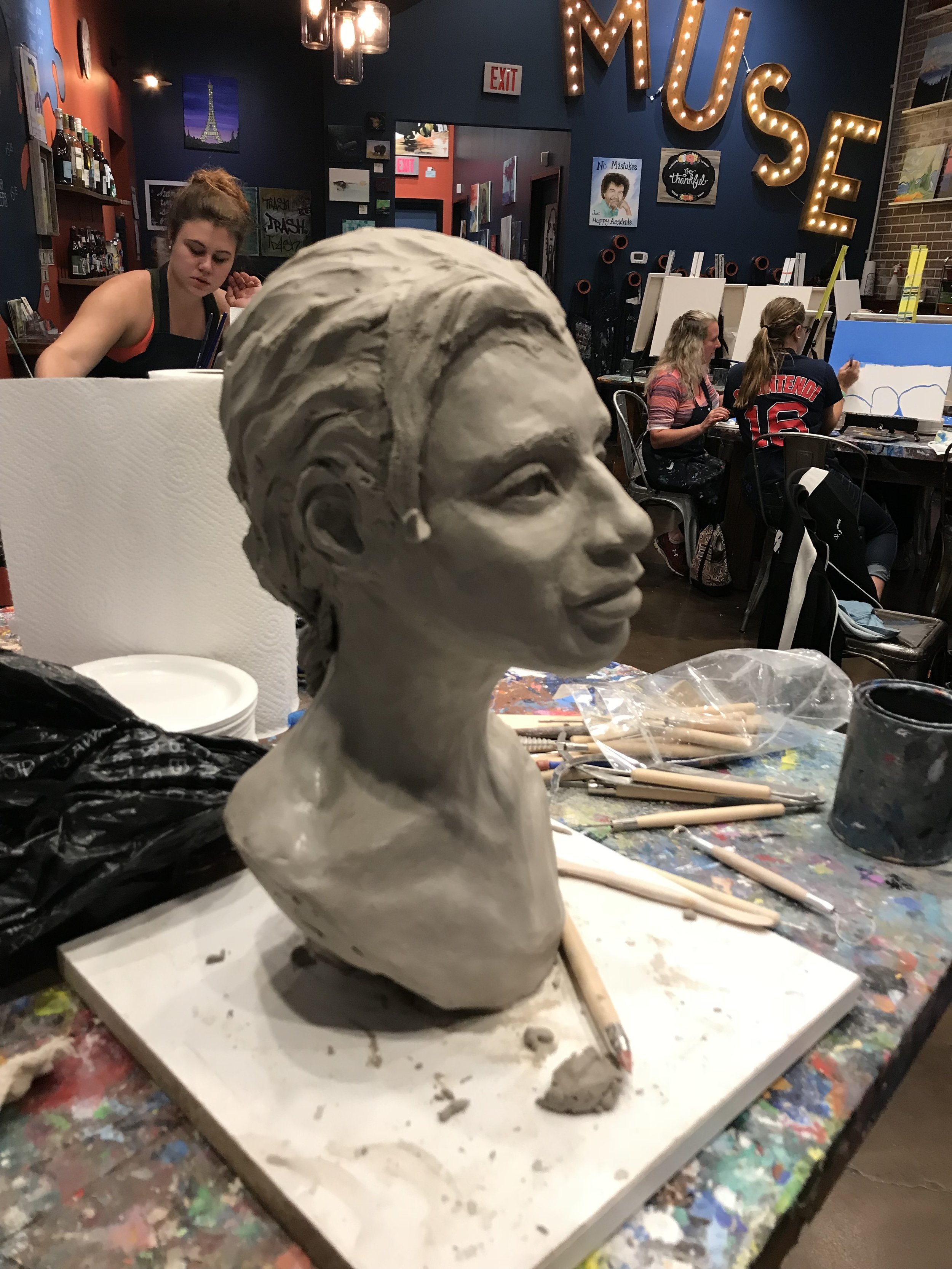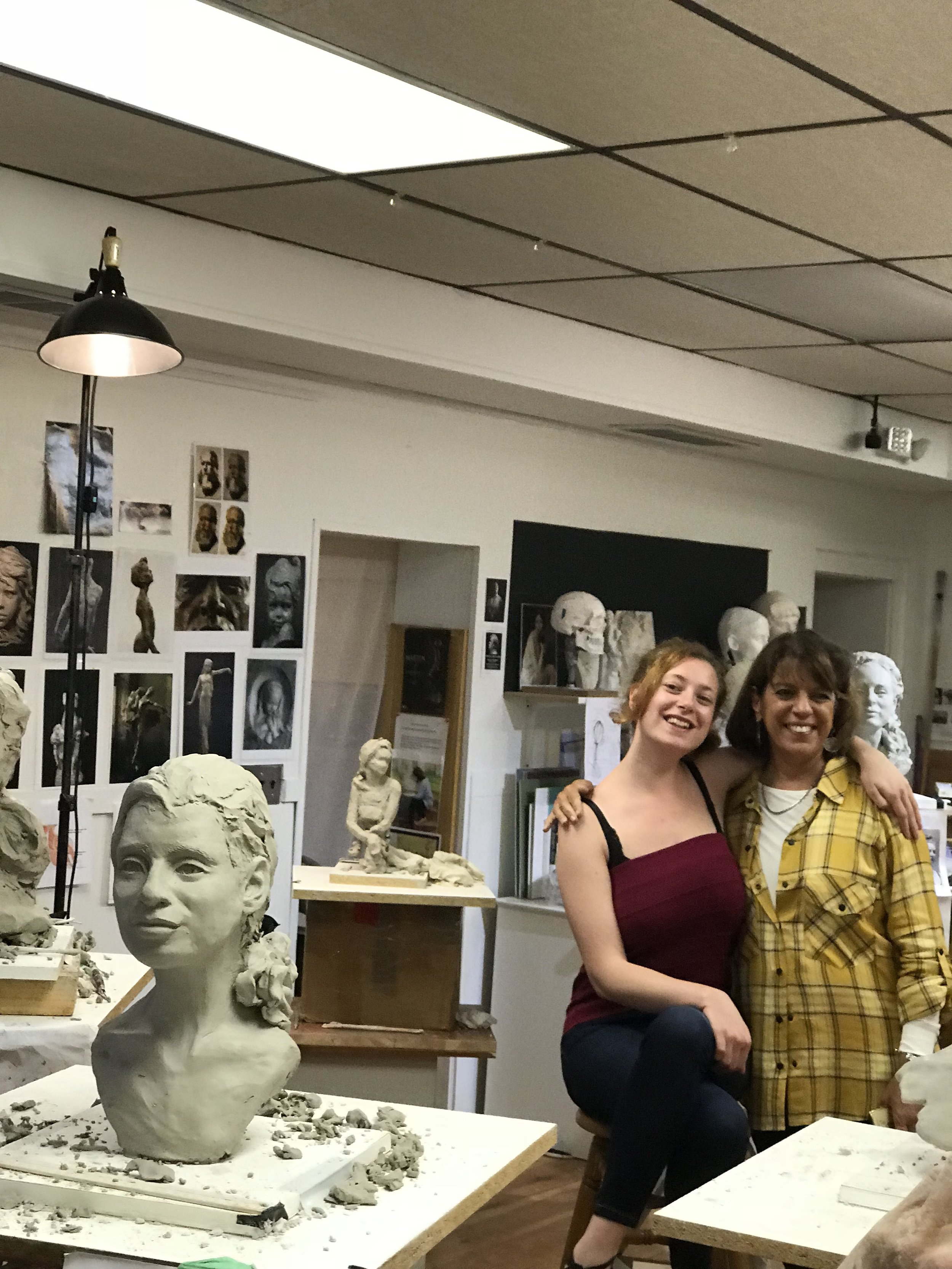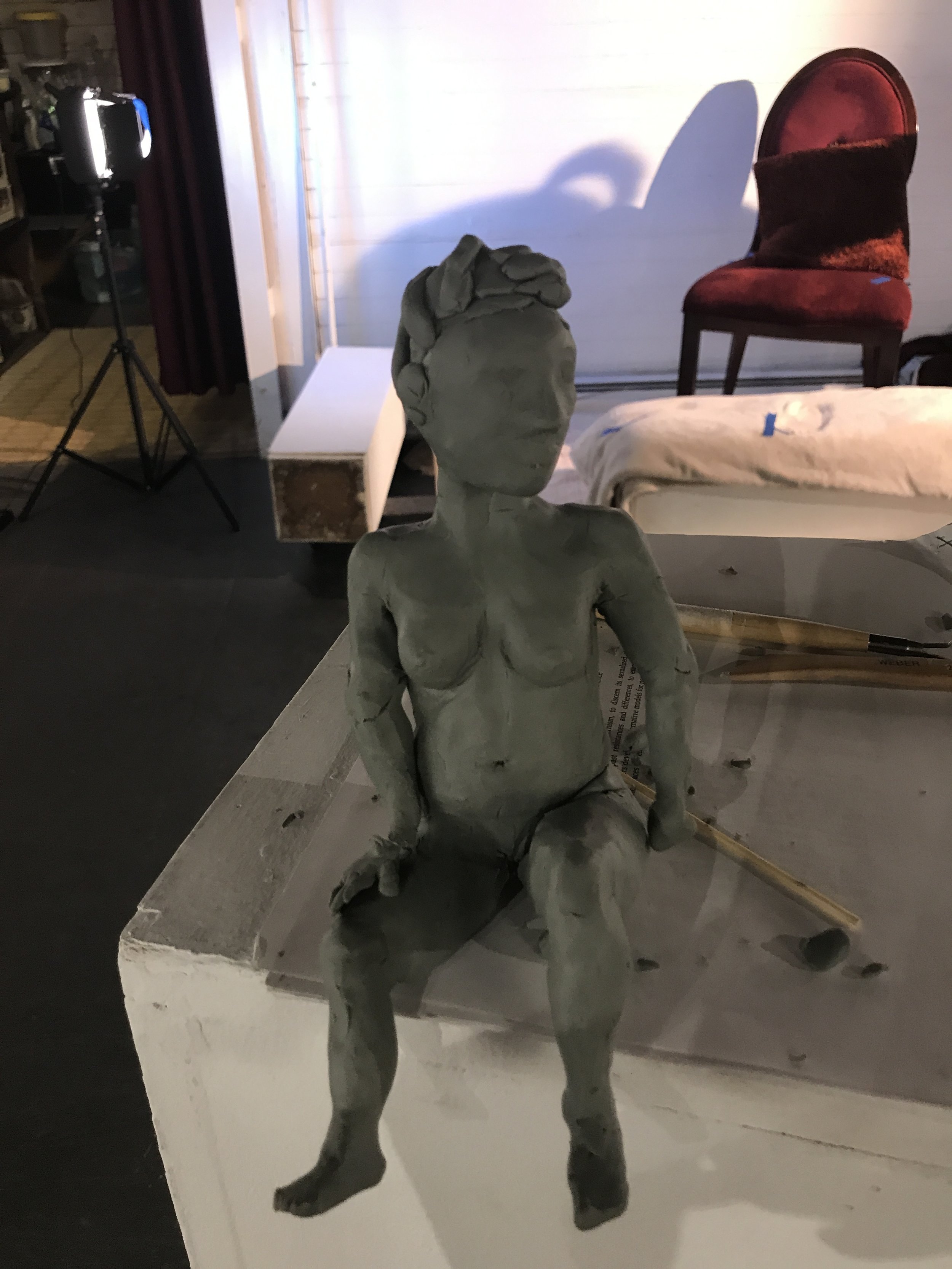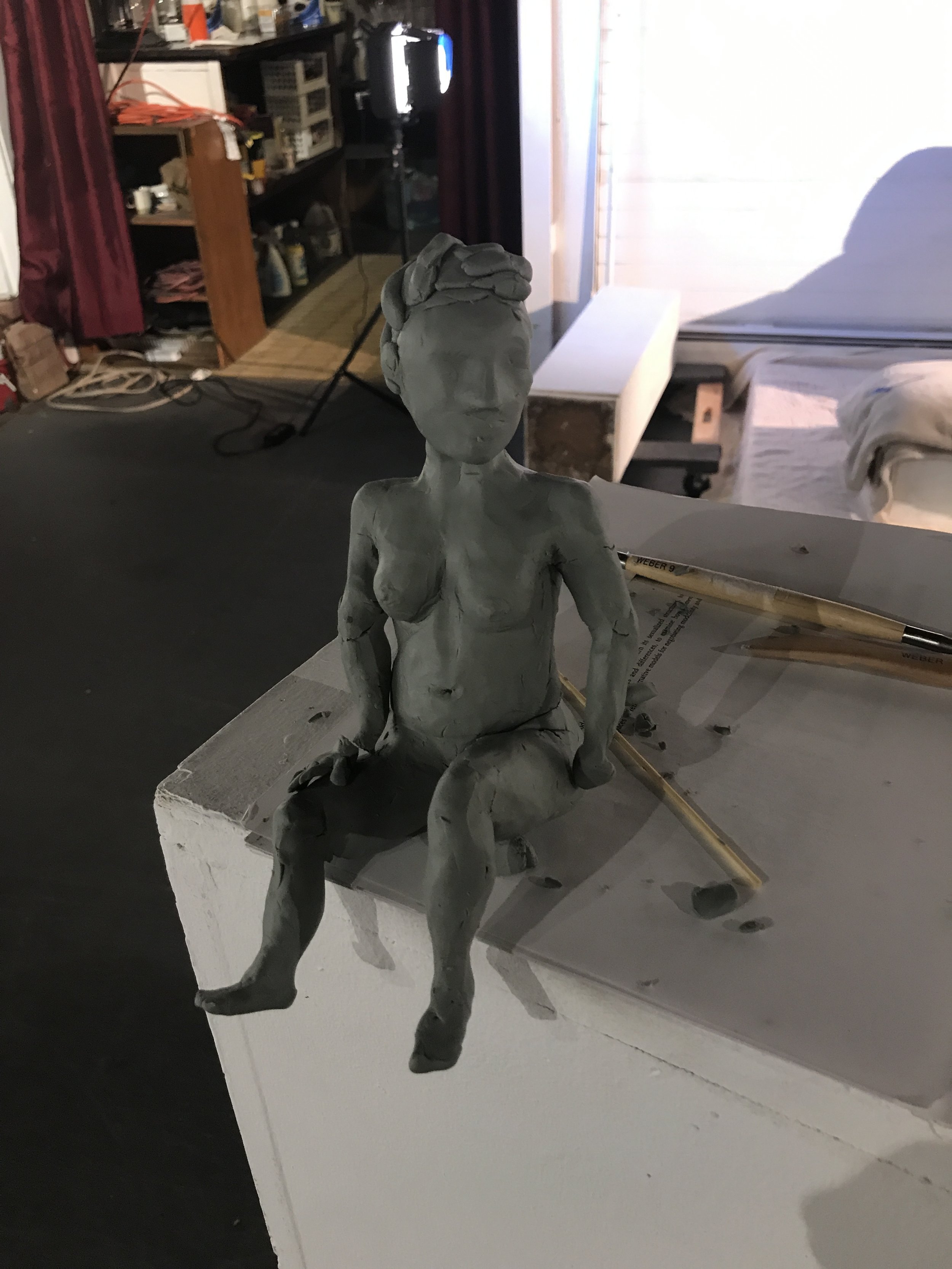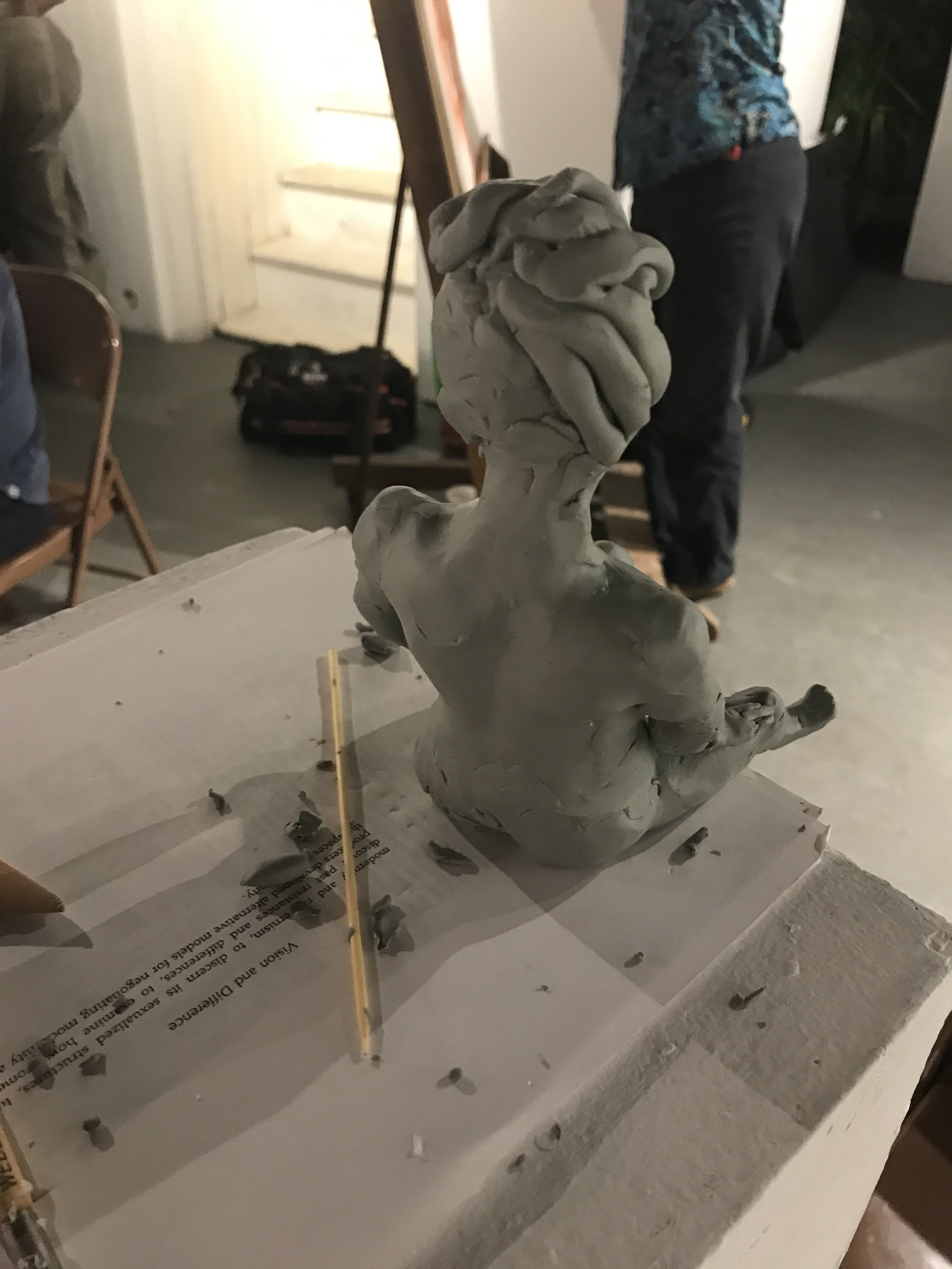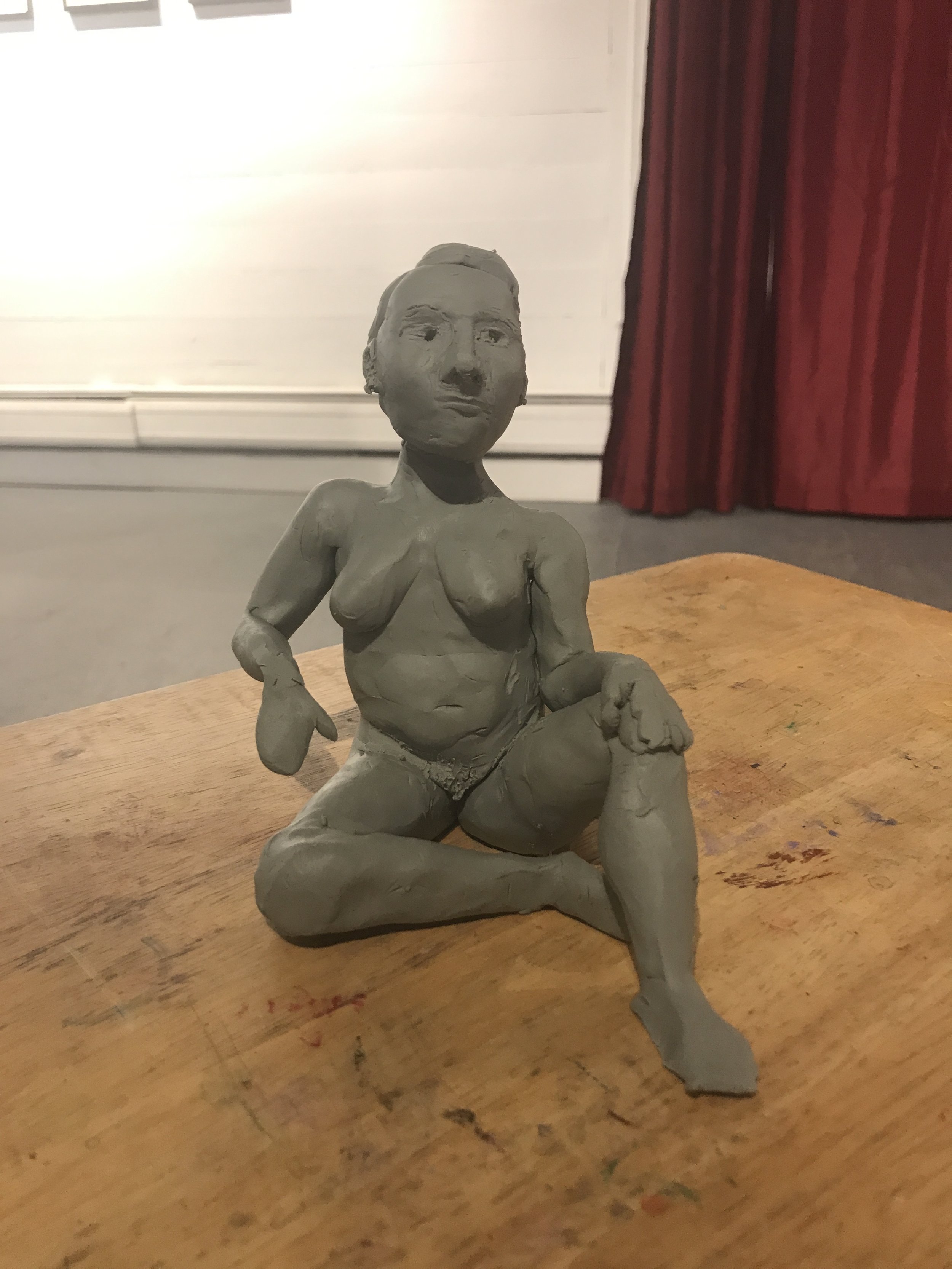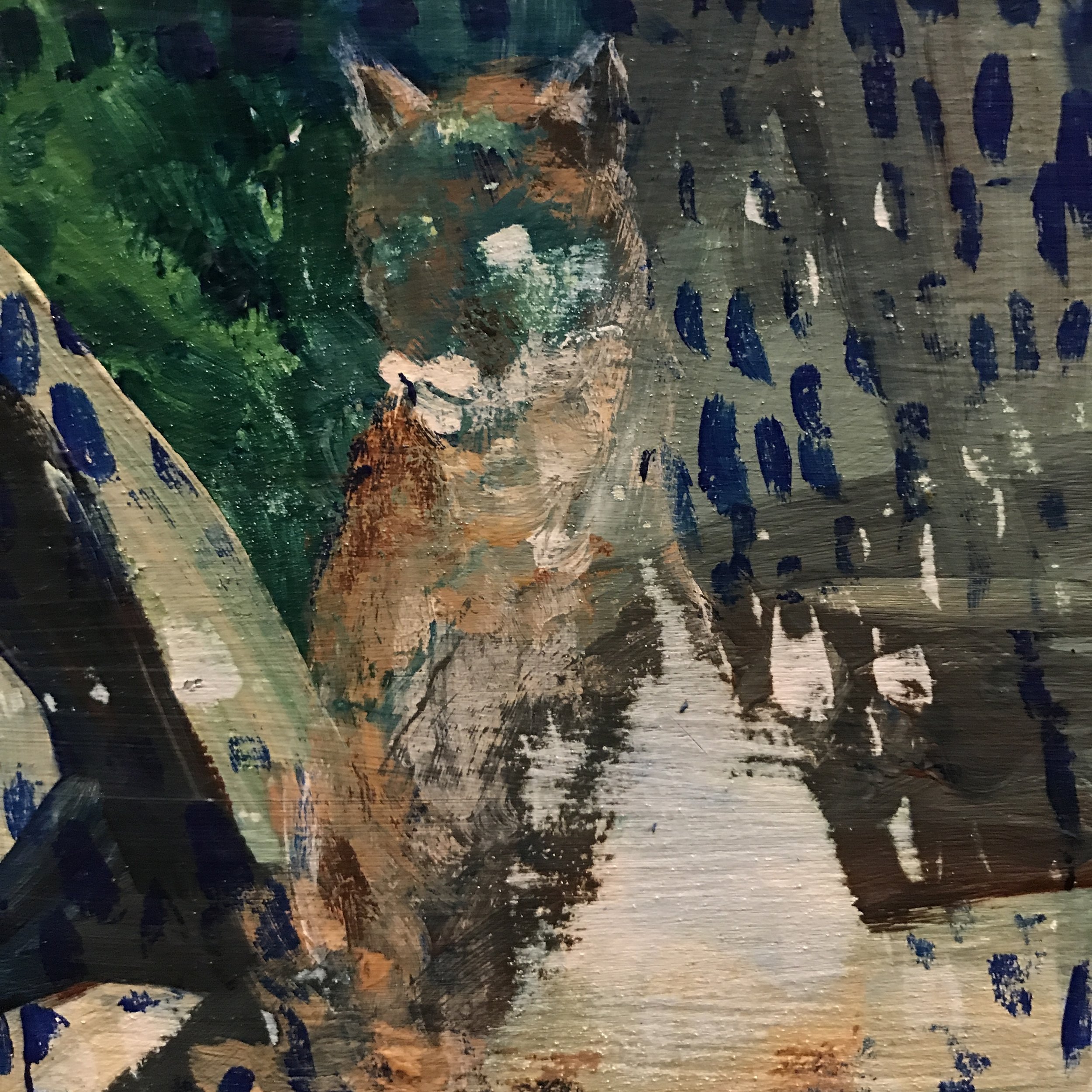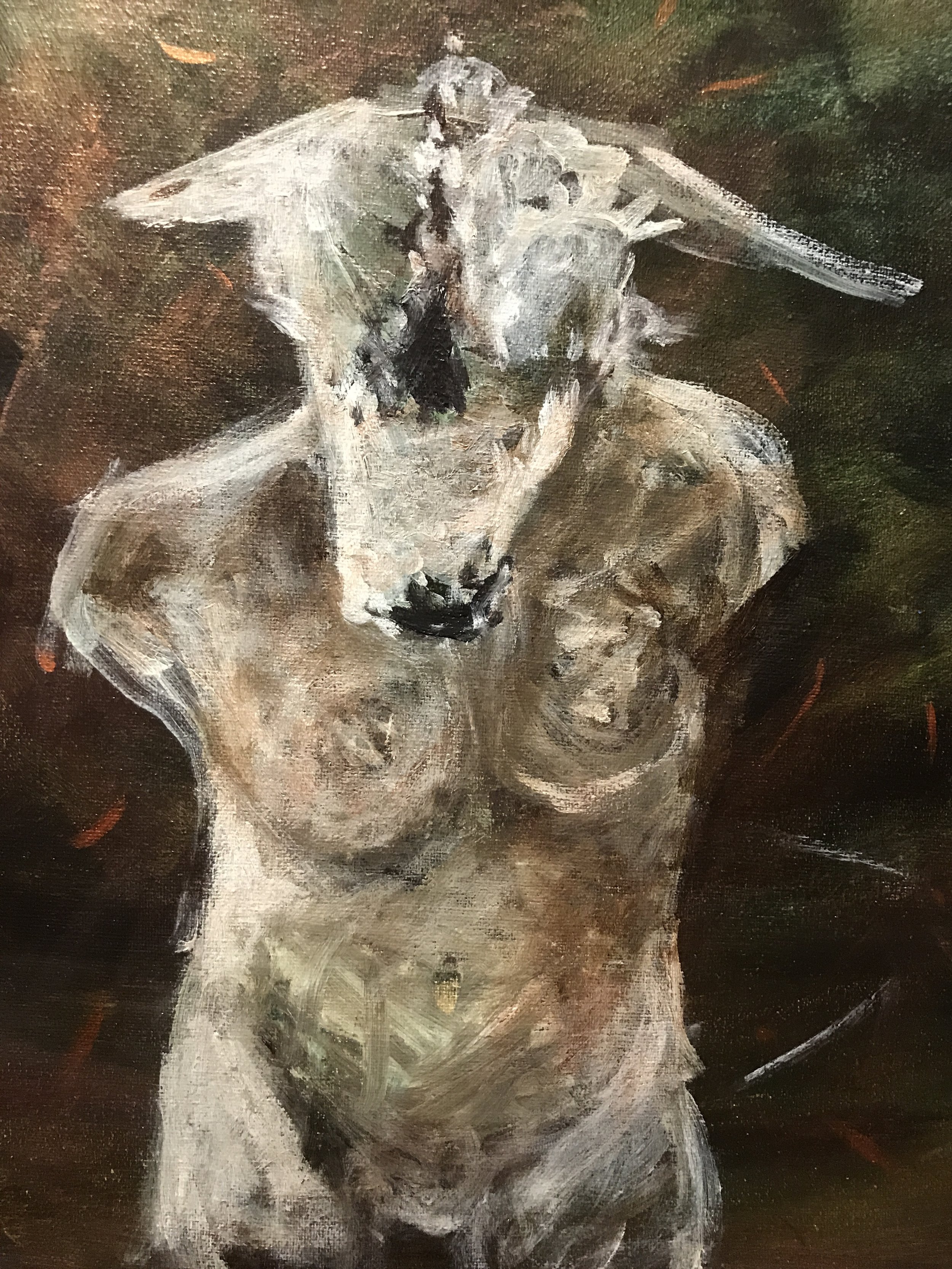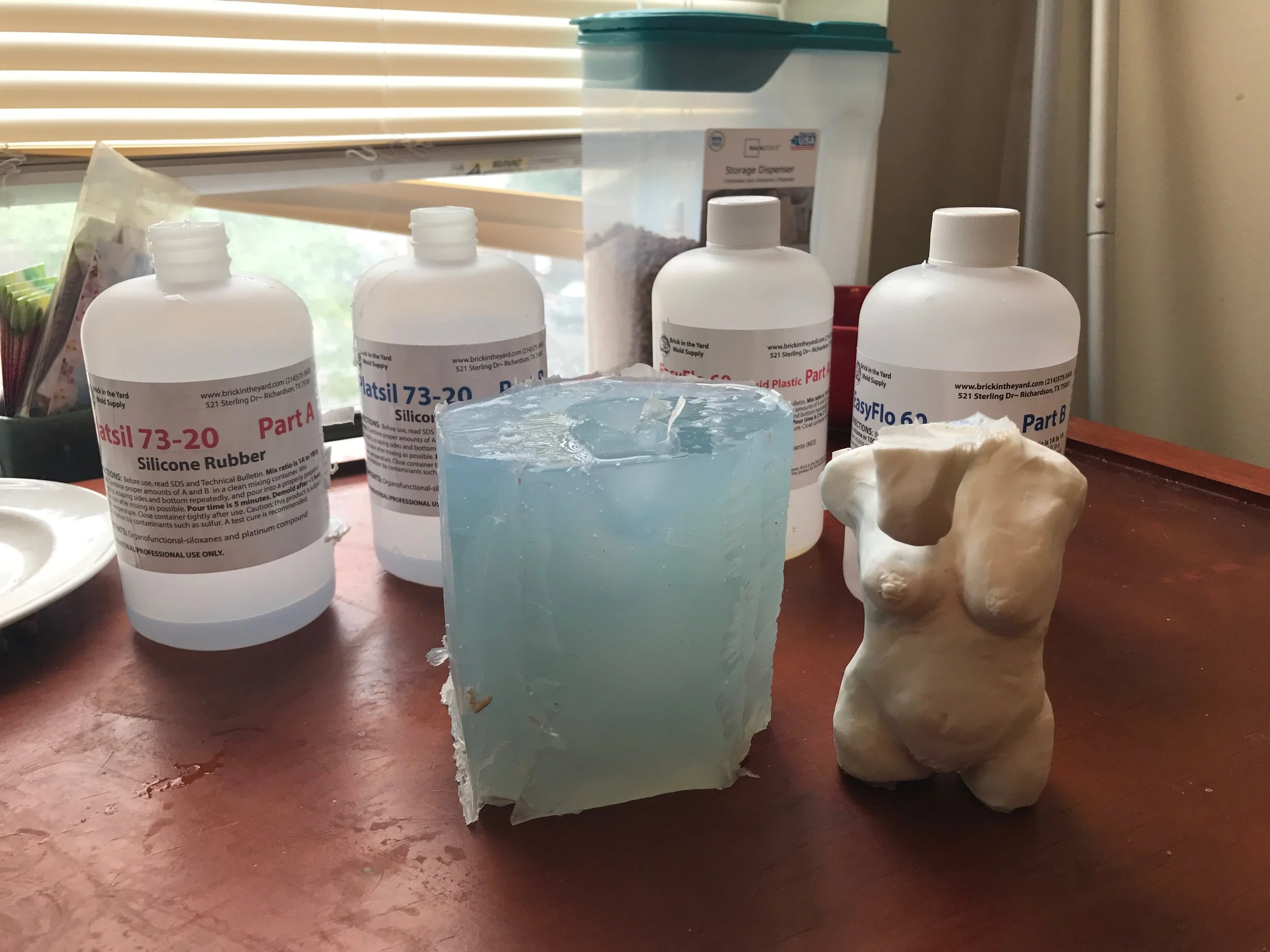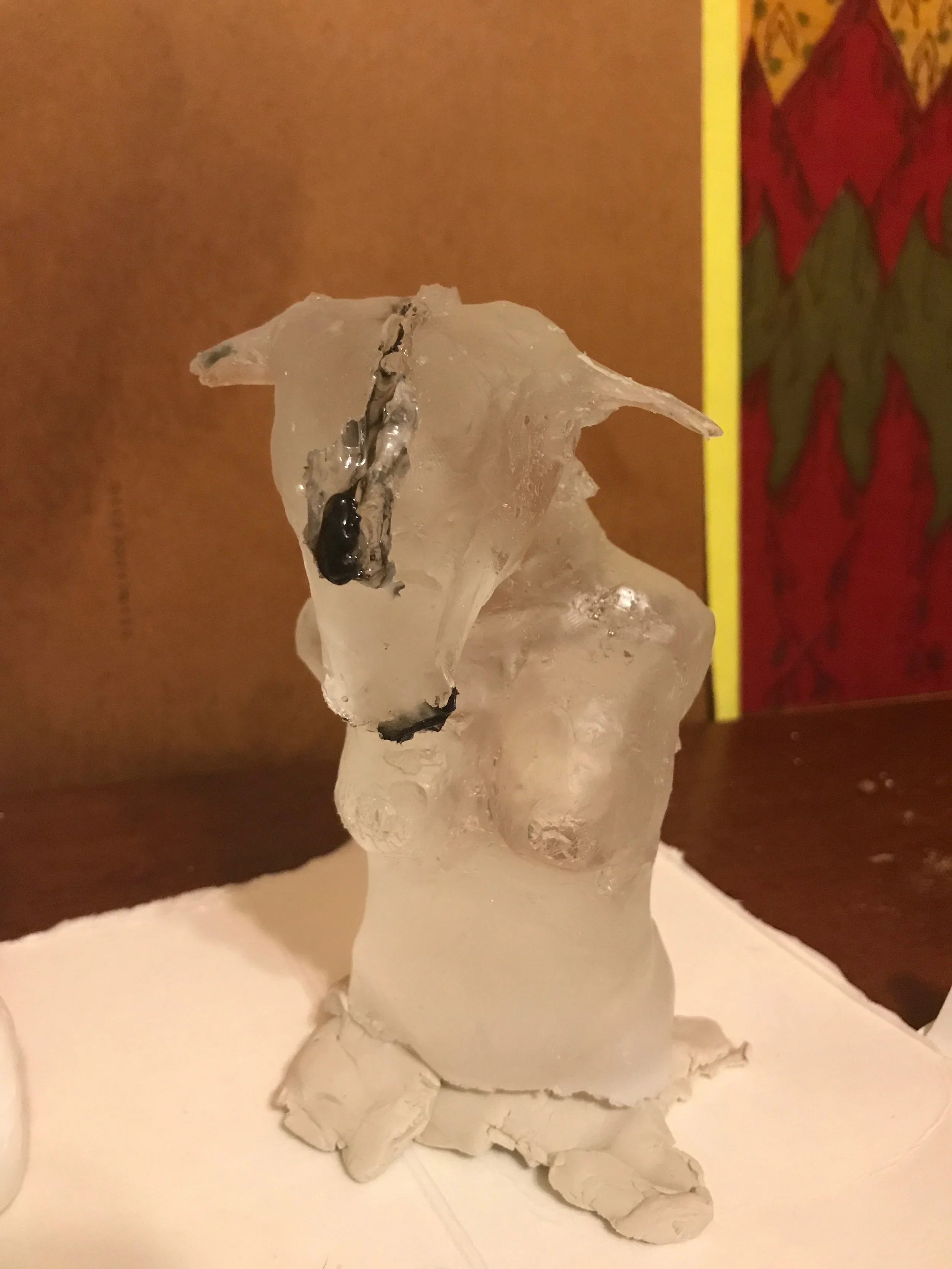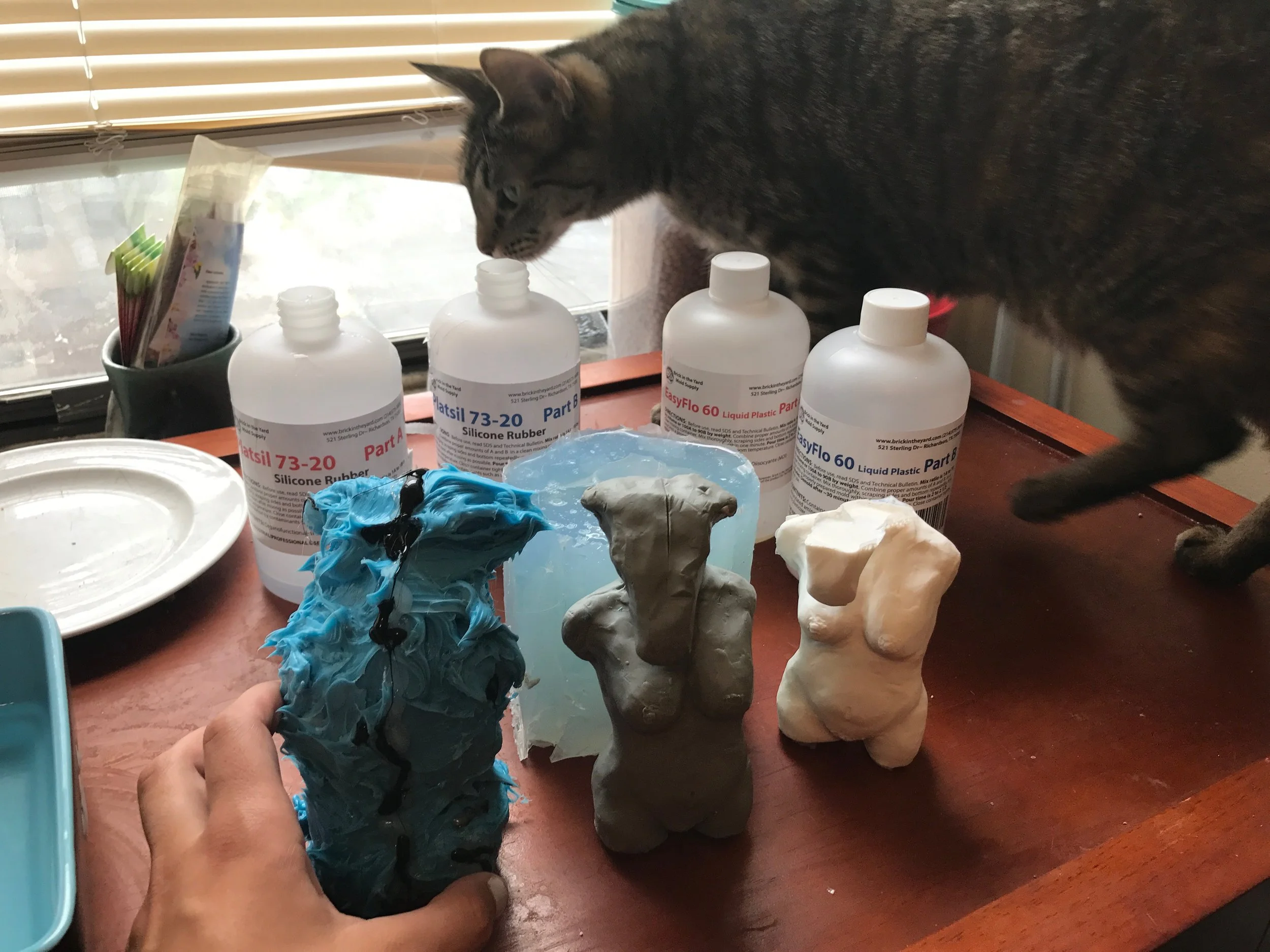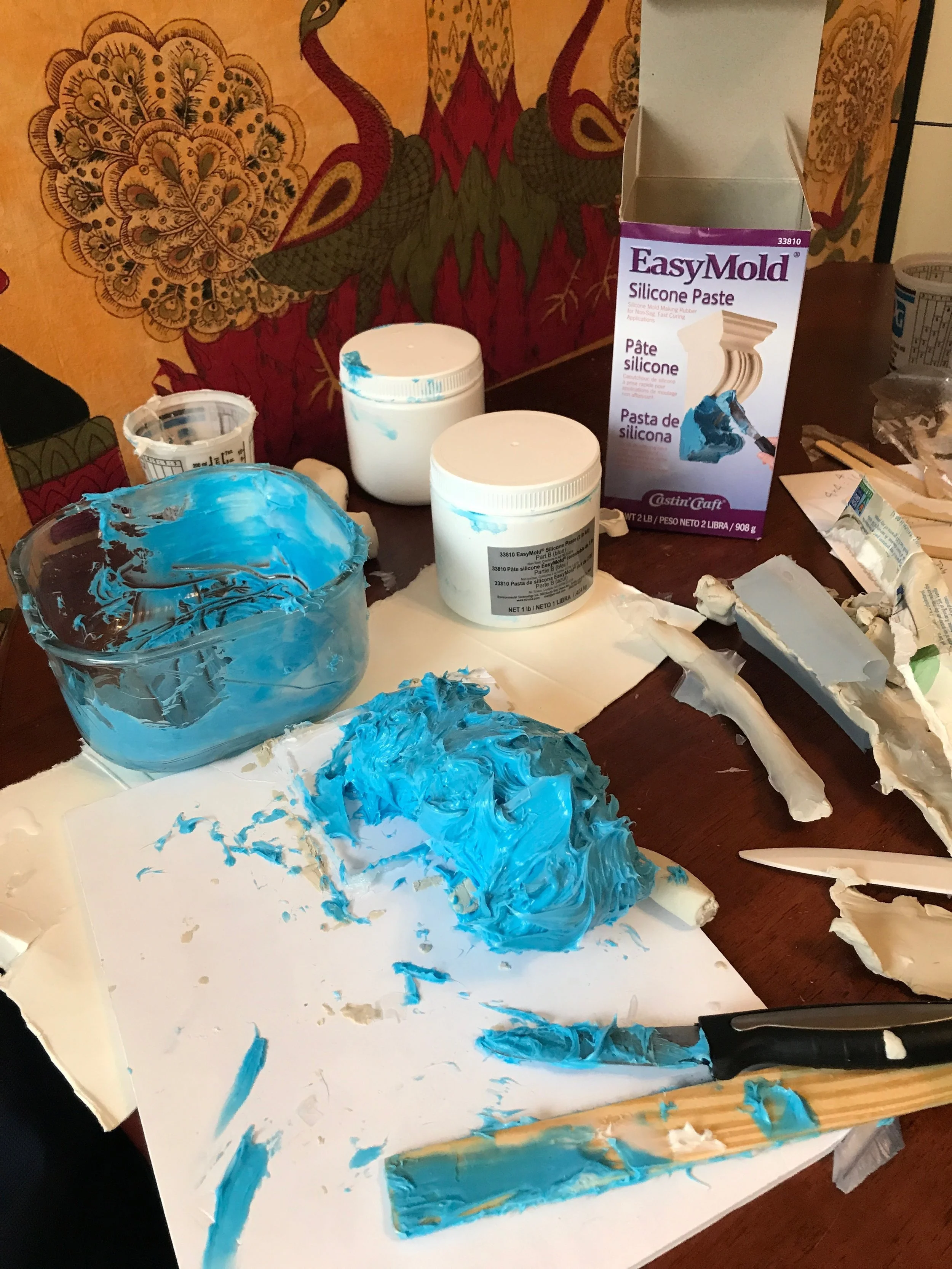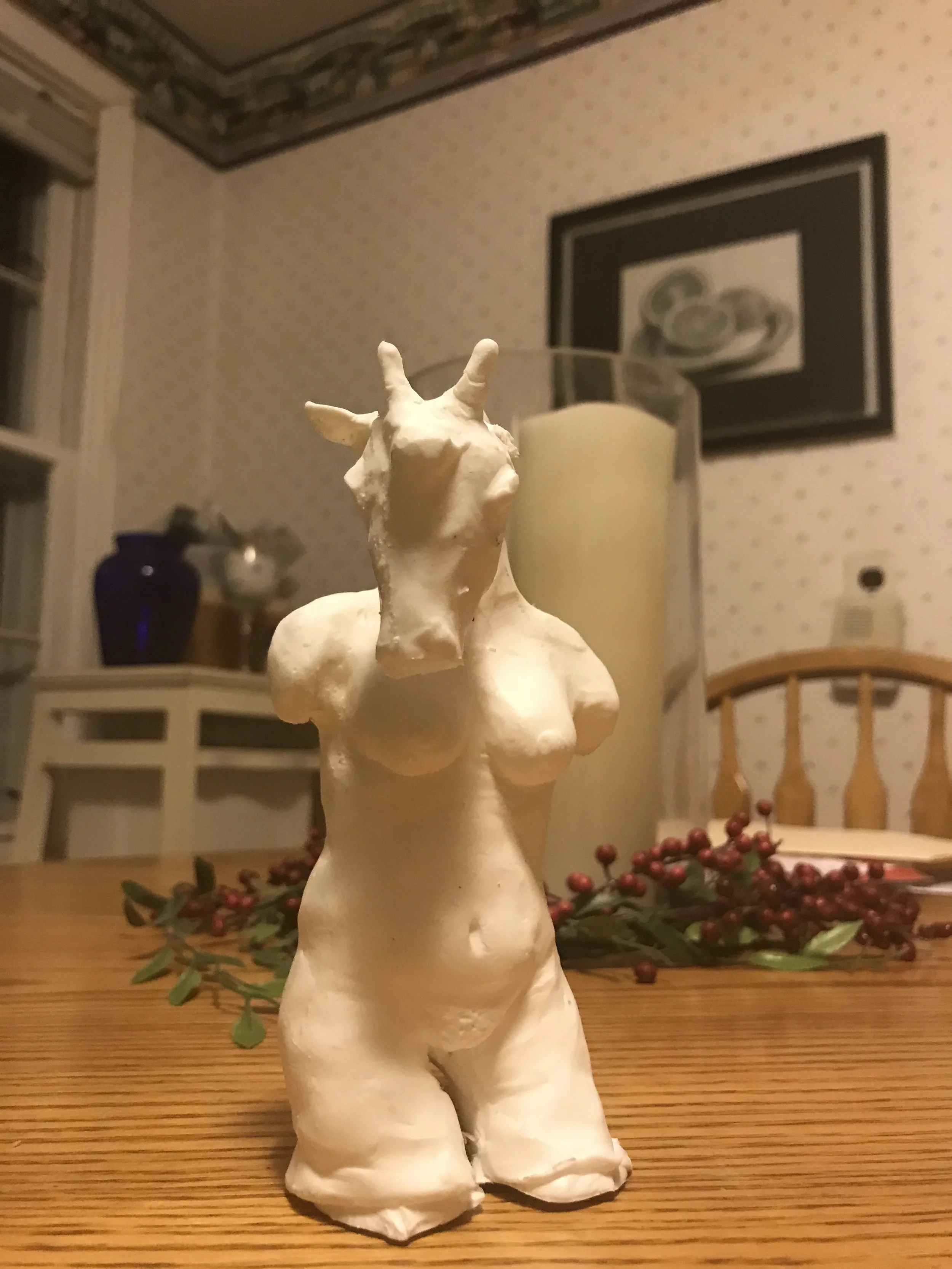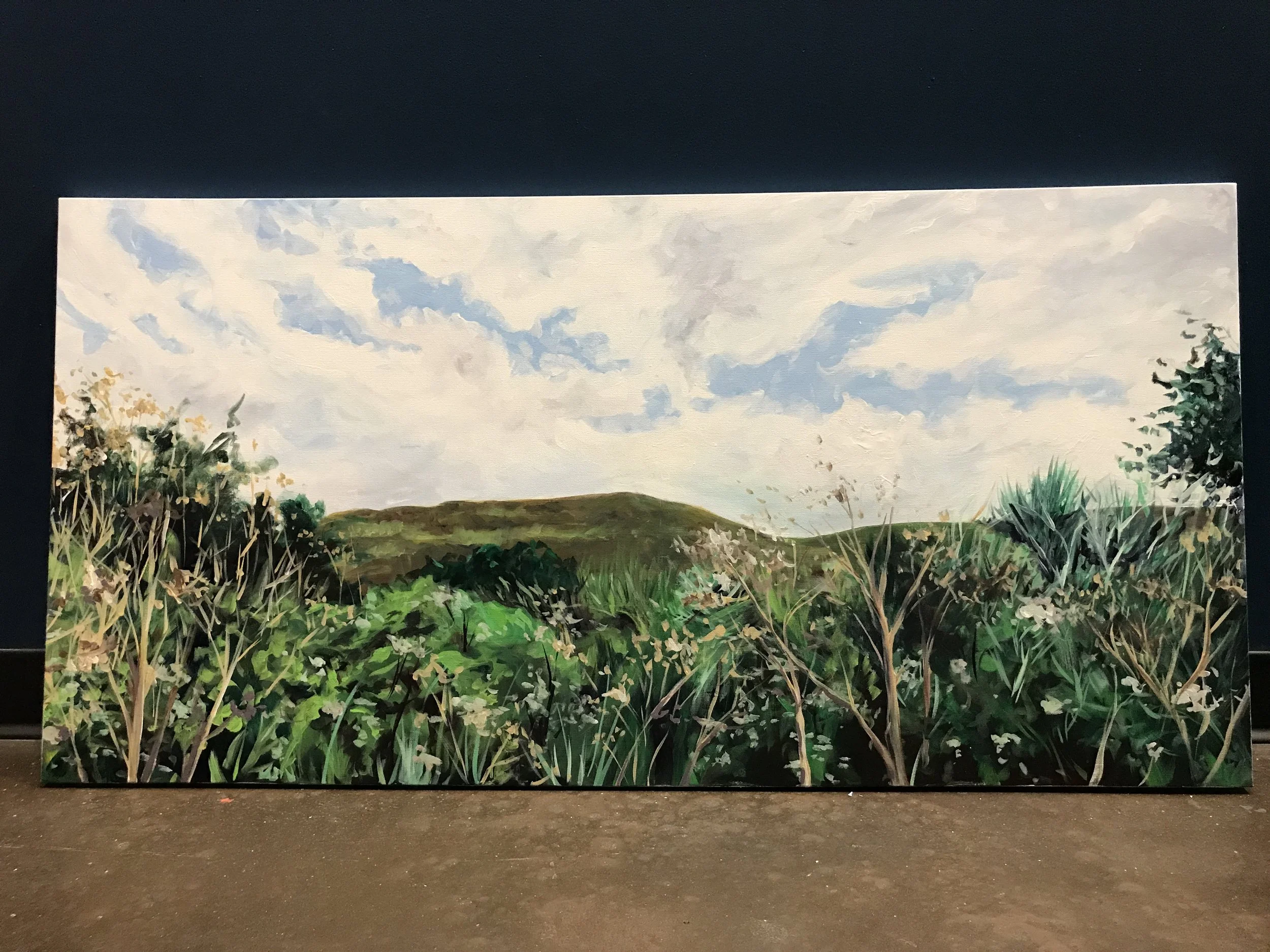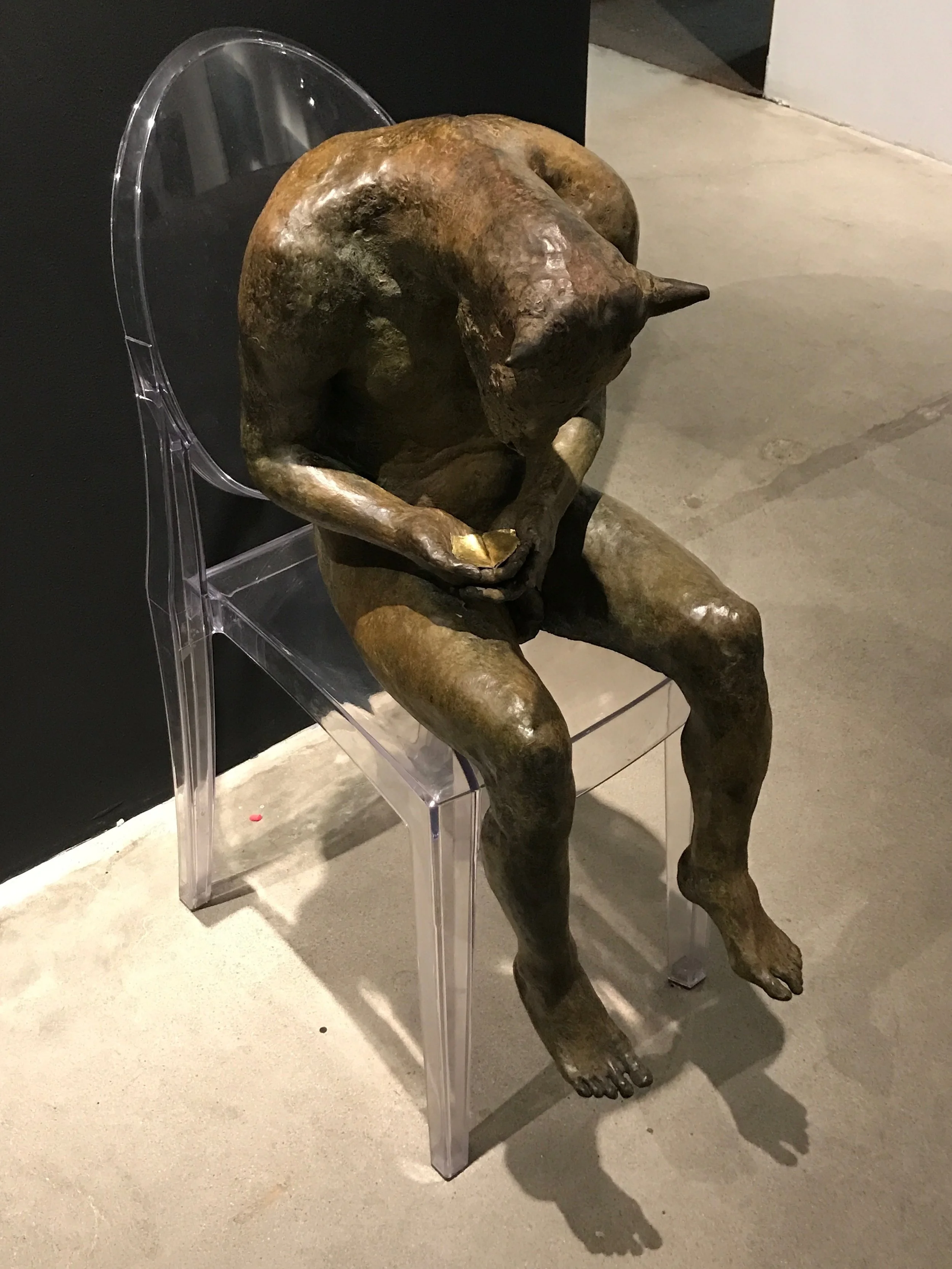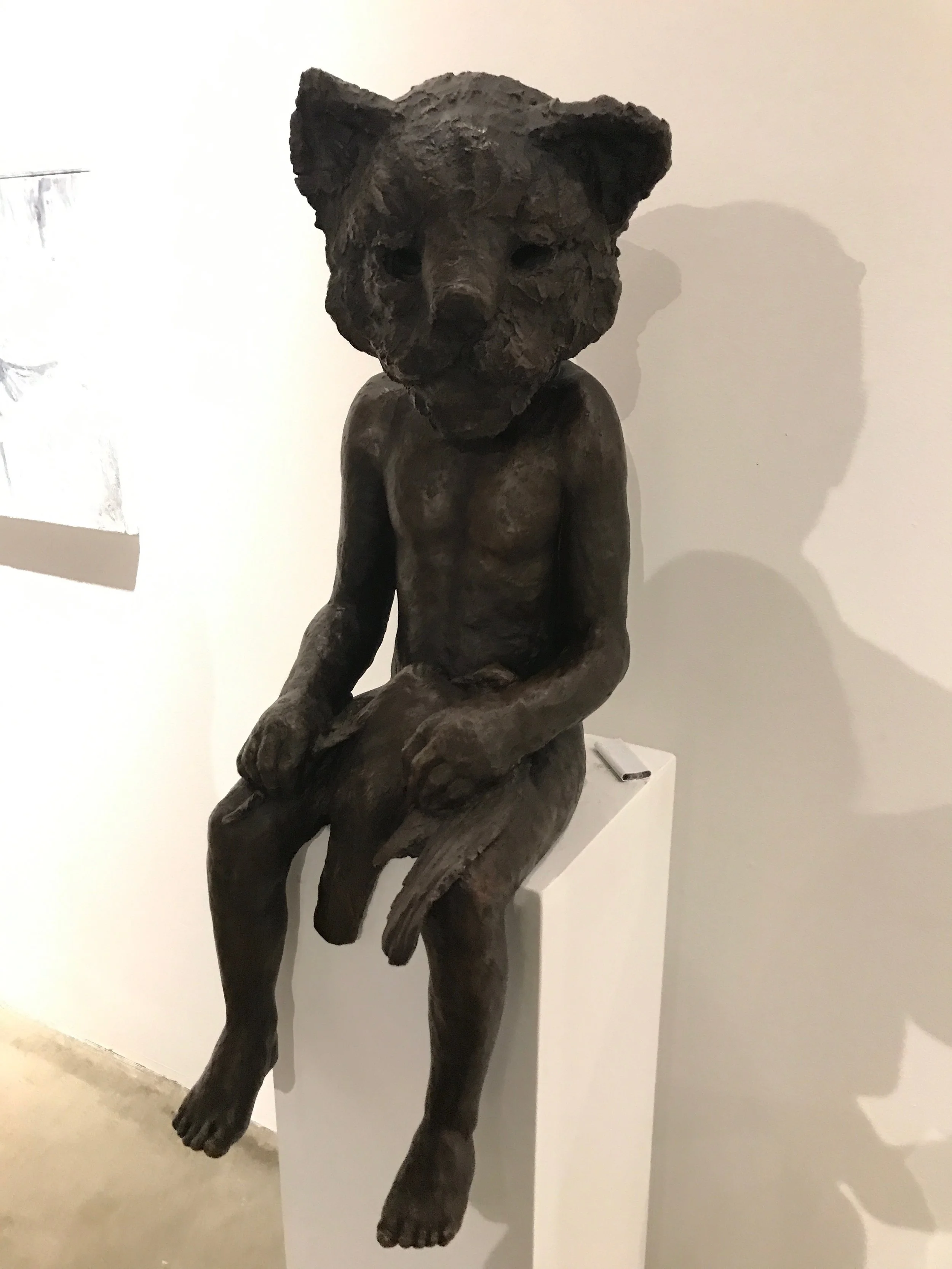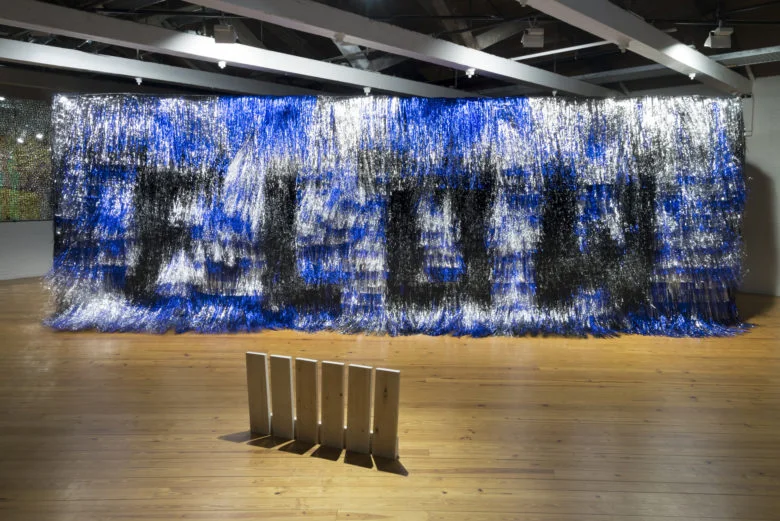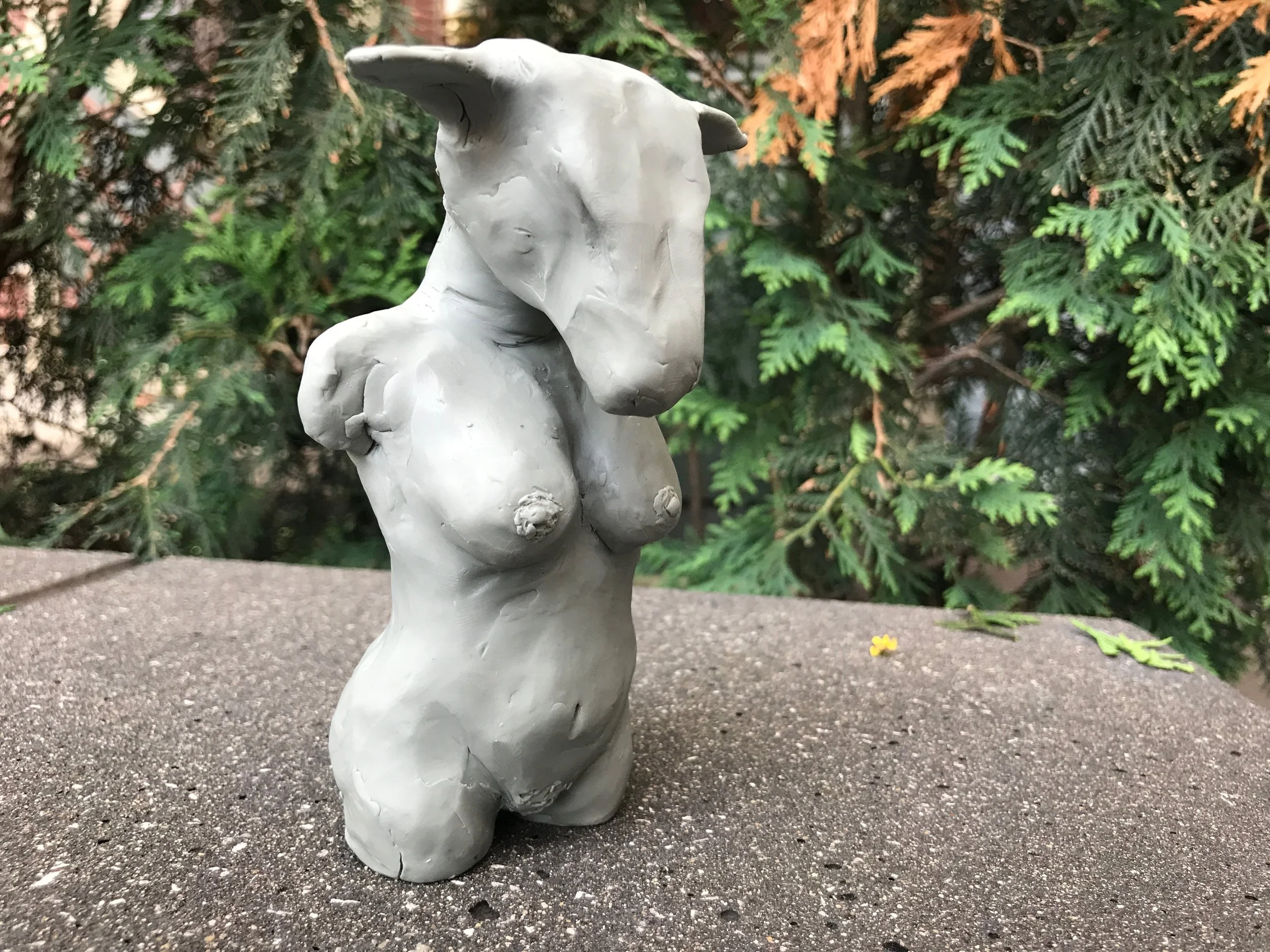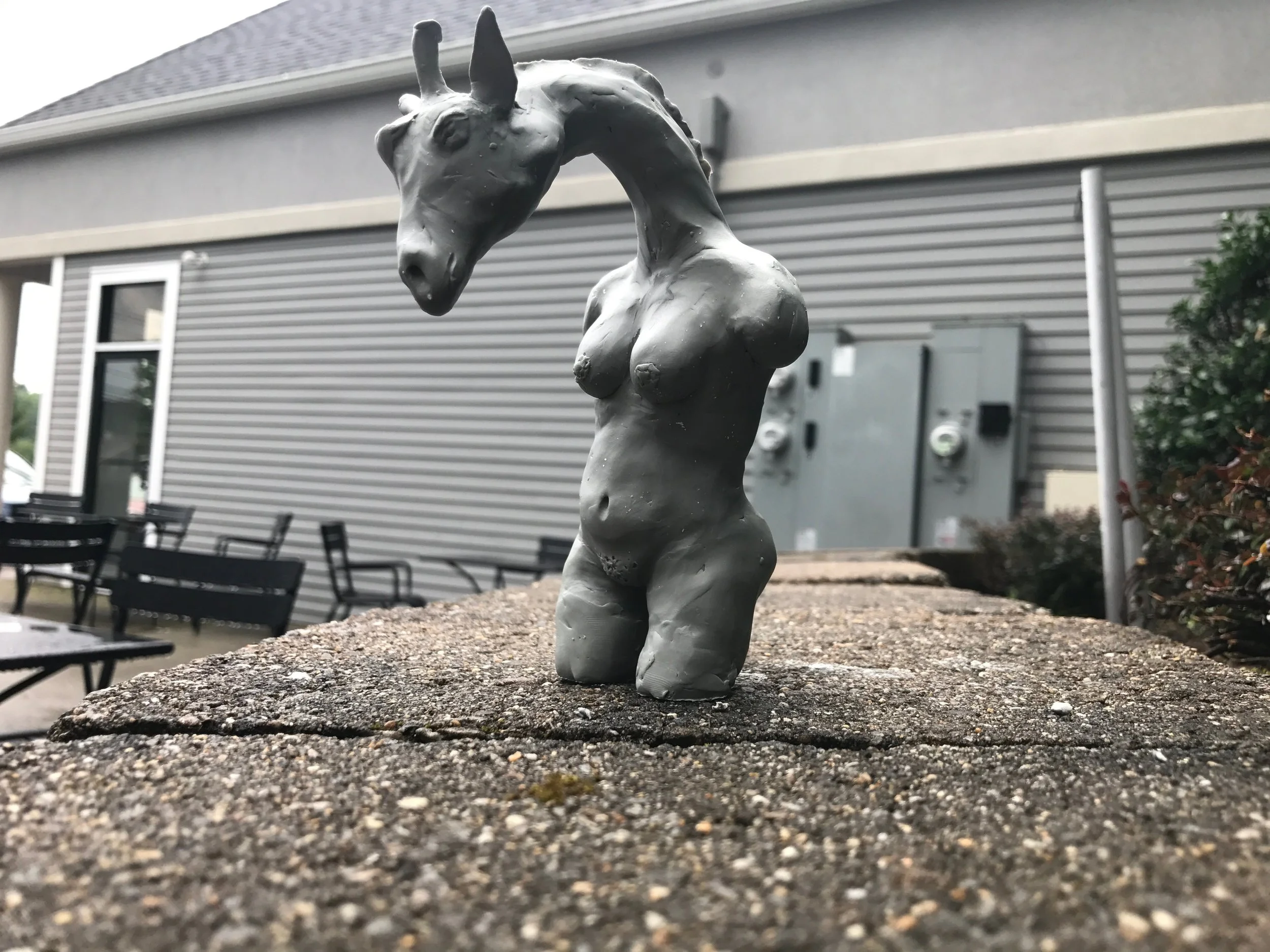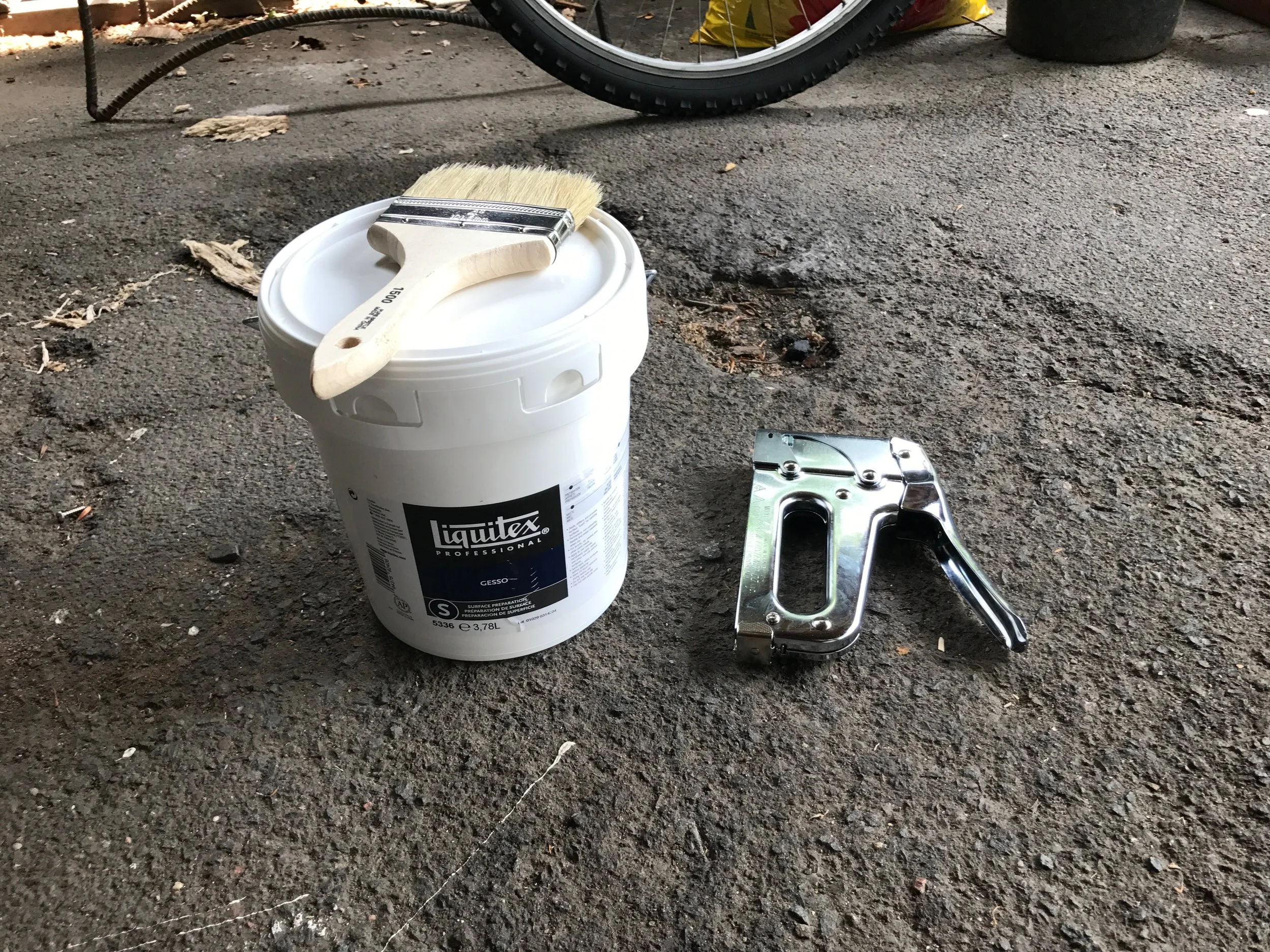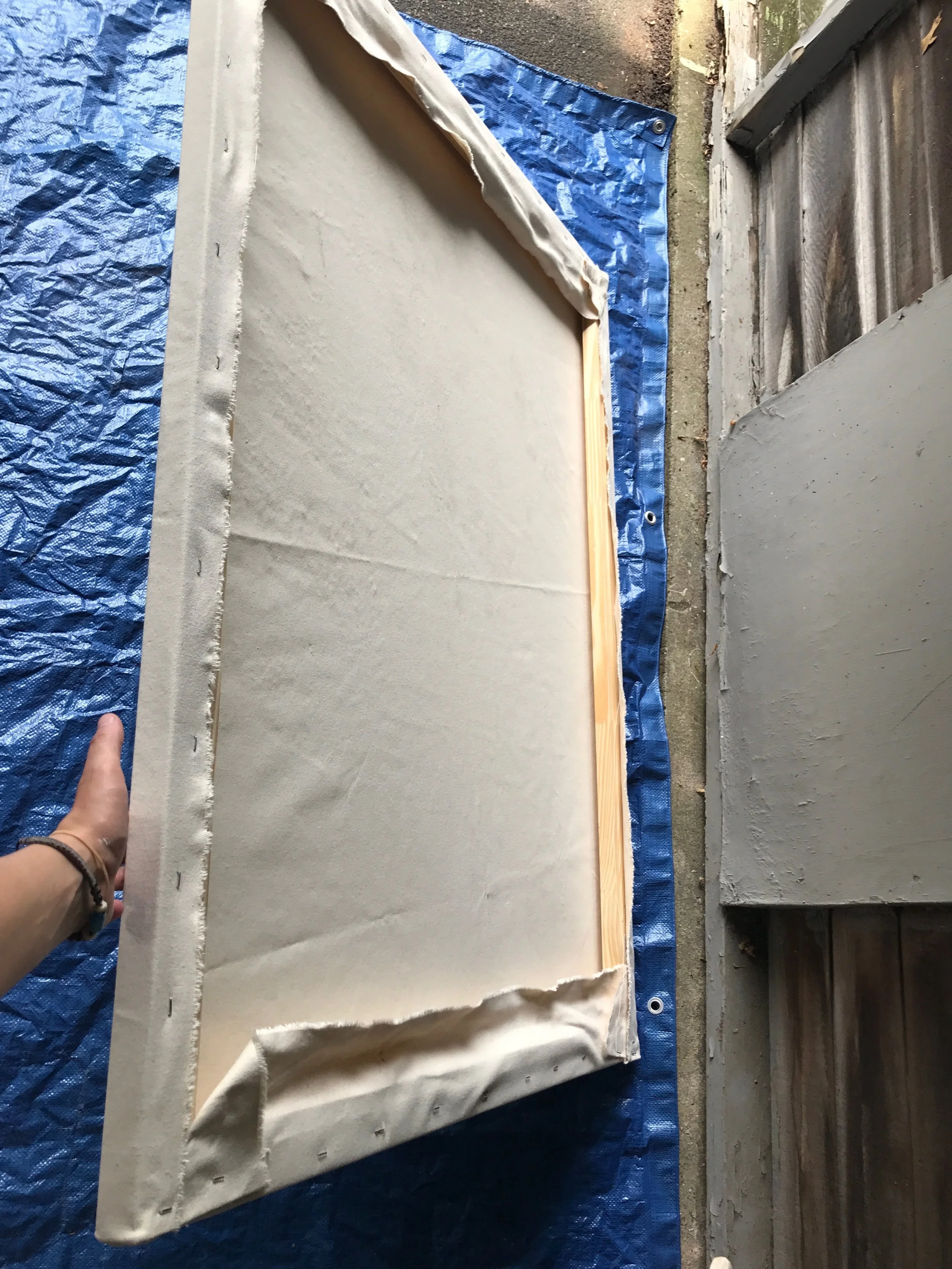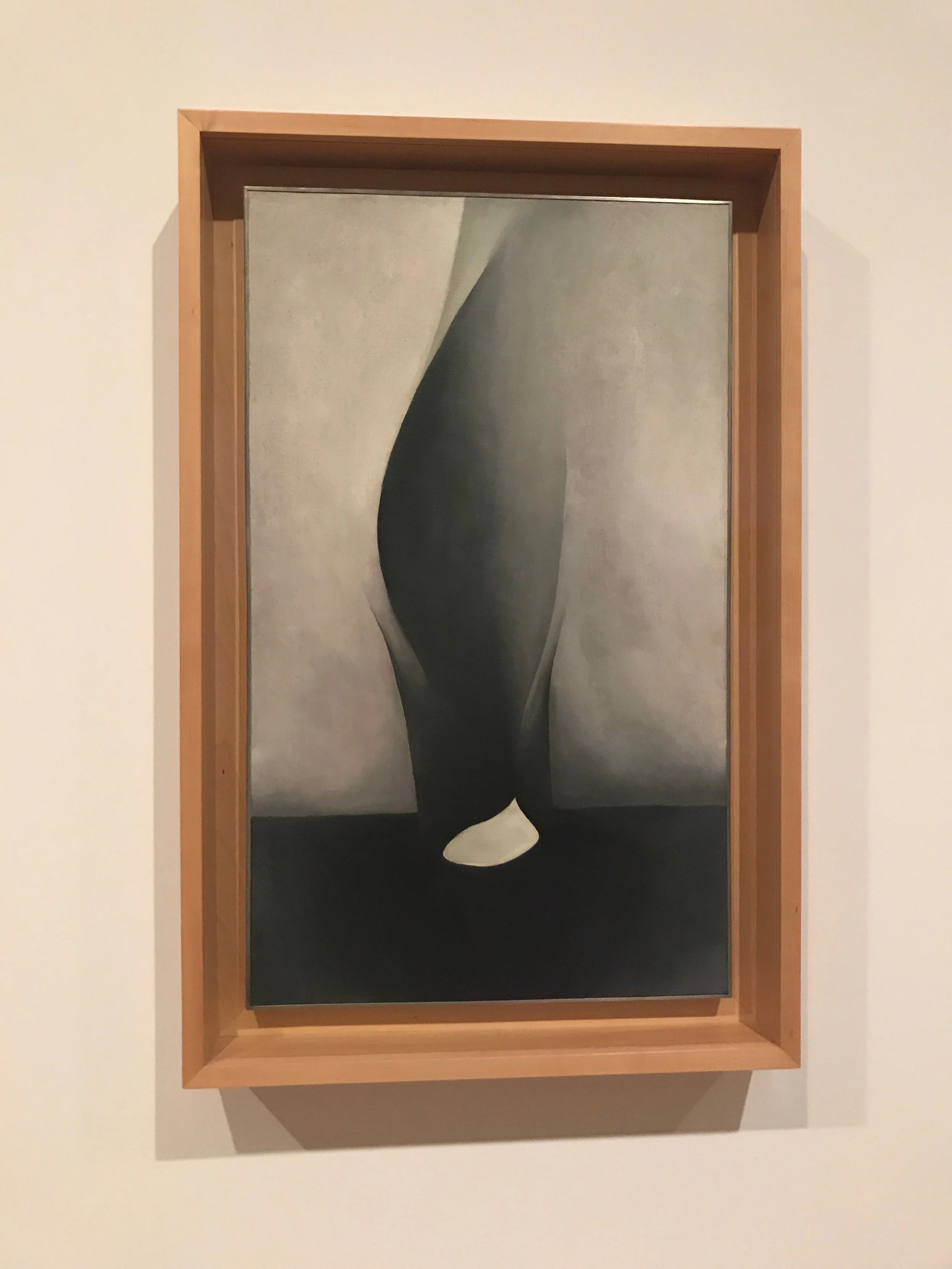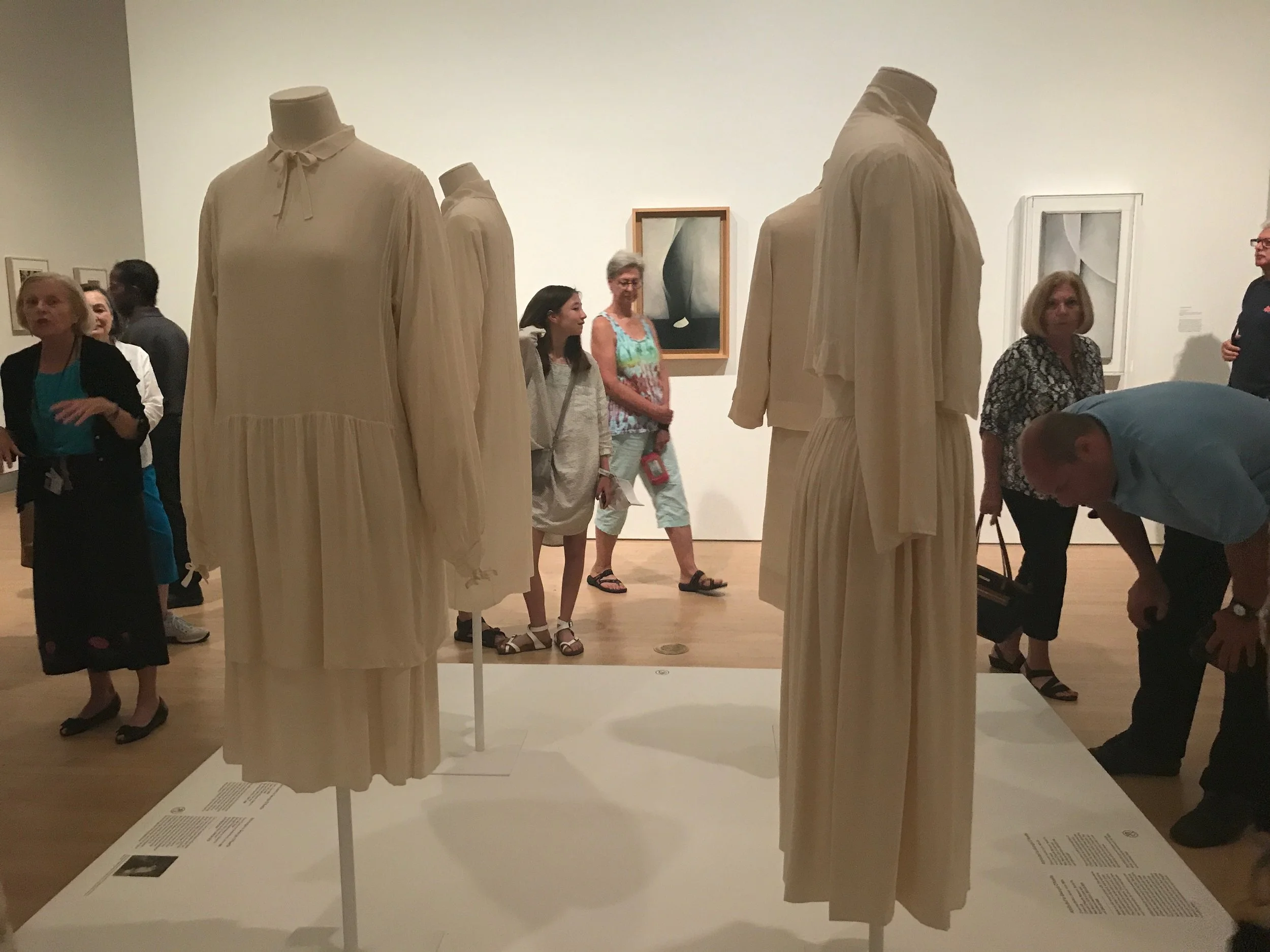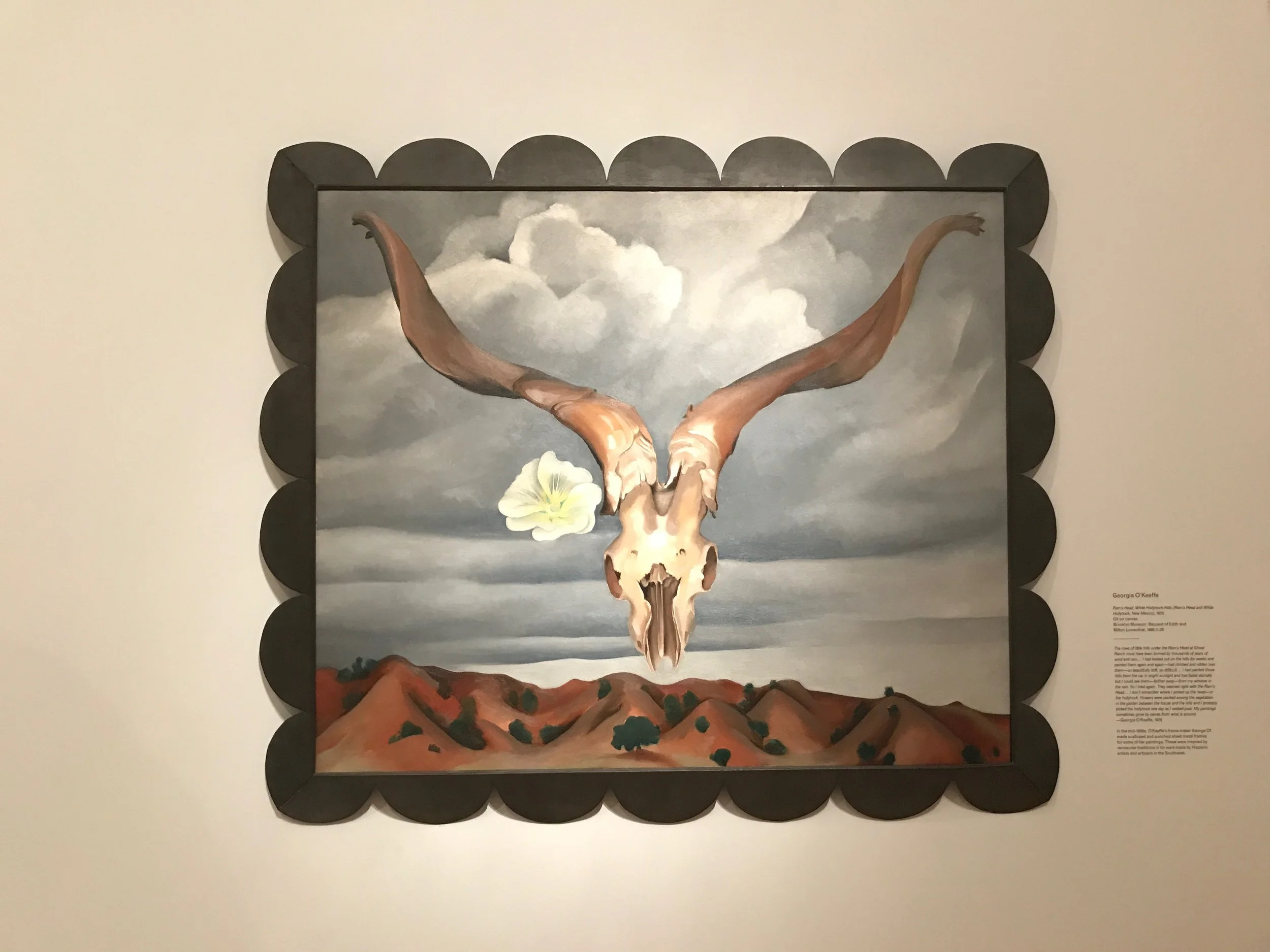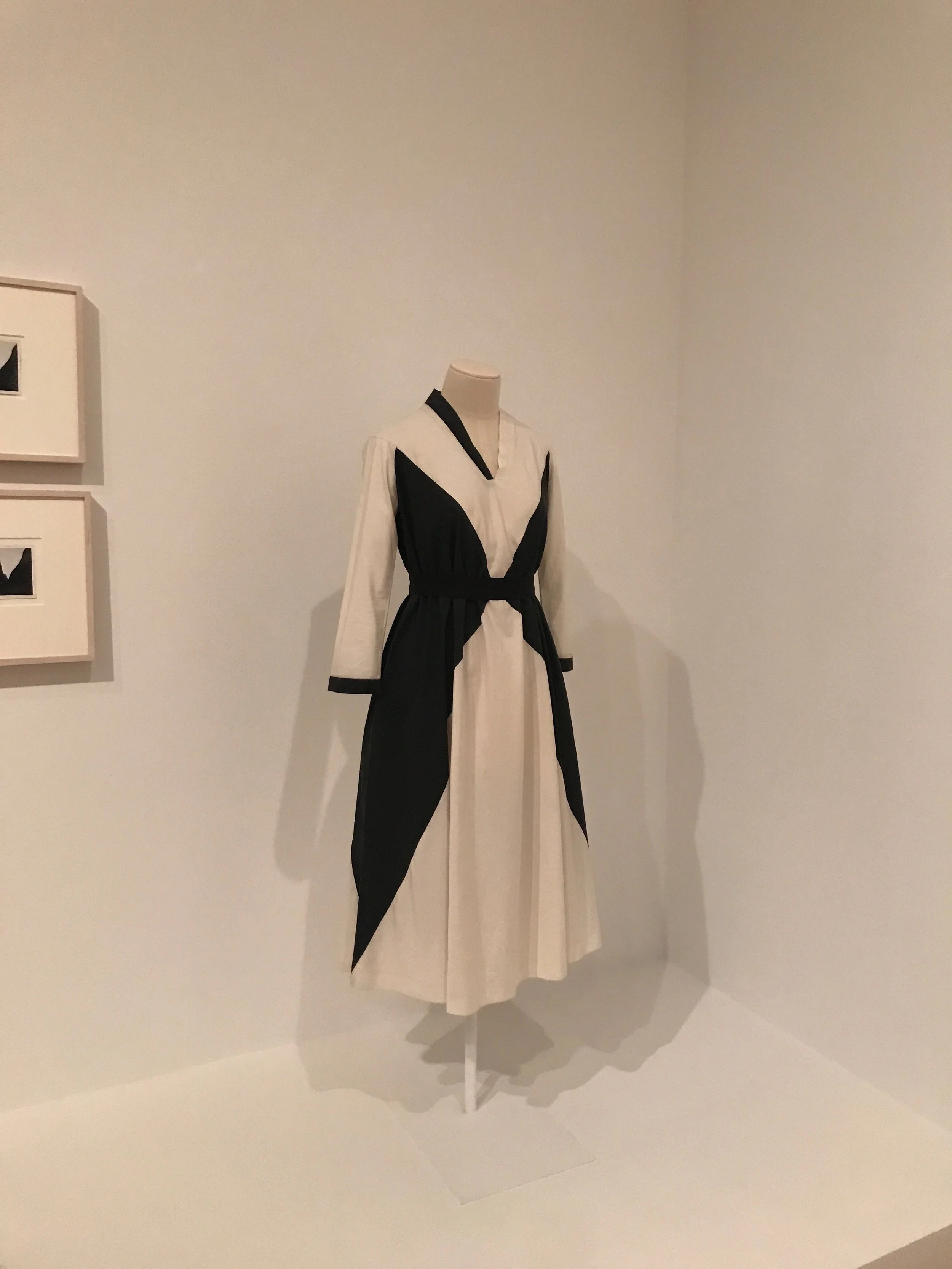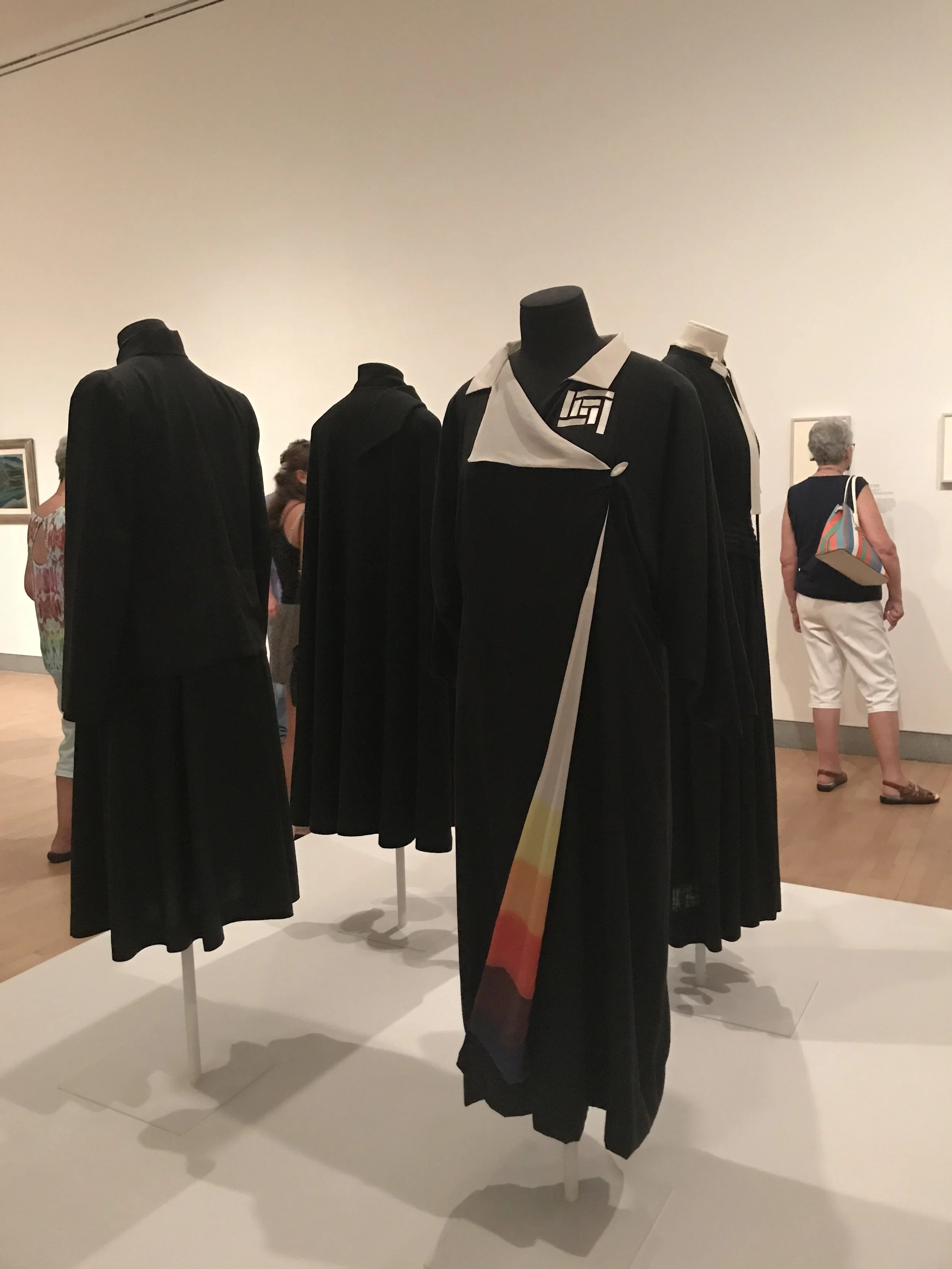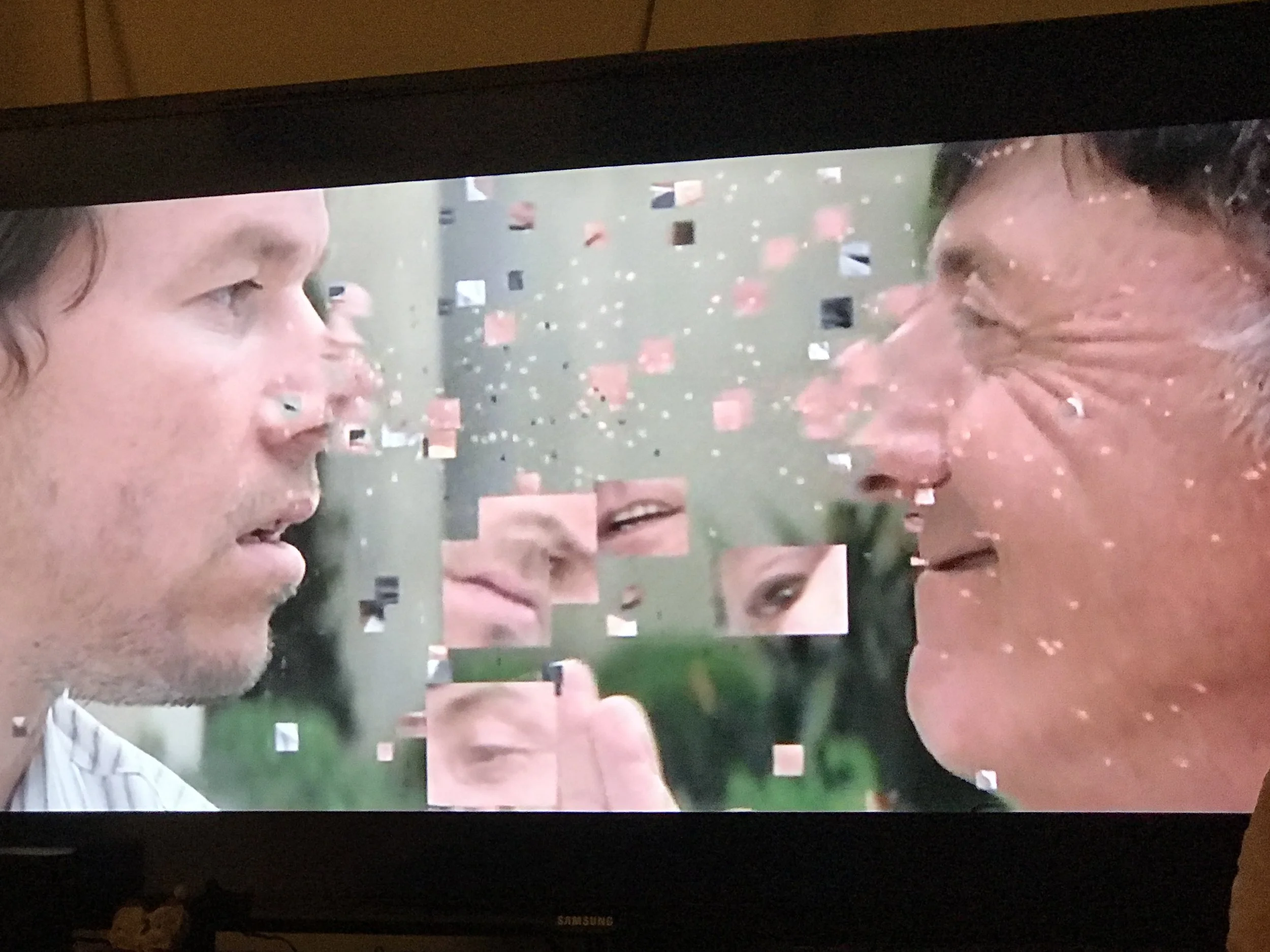Before getting into the main quotes, I want to highlight the characternym aspect of the two Parable texts.
Bankole is a West African name meaning "build my house" and Bankole builds Acorn and owns the physical foundation Acorn is built on.
Olamina means "this is my wealth" and the Olaminas as a family are always exploring what the value or meaning of the human life is.
Day Turner and his rebellion are an overt reference to Nat Turner's Rebellion. Both leaders of the rebellion are hanged afterward.
President Donner (Trump) //President Jarret (who has eerily similar properties to current VP Pence in religious ideology)** The idea of history is visited directly in narration, in the Earthseed text before each chapter, and in the references Butler makes to American/world history: Nat Turner's Rebellion, concentration camps and fascism, the corruption of business-owned land, the corruption of elected officials with fascist desires and extremist followings/ideologies. Down to "Make America Great Again", Butler is able to express the irrational and blatant falsehoods elected government uses to cover the immoral and unjust actions it takes, and expresses what mindset, actions, and dedication it takes to overcome an oppressive and corrupt system.
P. 8
“All too often, they were actually fought because inadequate leaders did not know what else to do. Such leaders knew that they could depend on fear, suspicion, hatred, need, and greed to arouse patriotic support of war.”
P.19
“Jarret insists on being a throwback to some earlier, “simpler” time. Now does not suit him. Religious tolerance does not suit him. He wants to take us all back to some magical time when everyone believed in the same God, worshipped him in the same way, understood that their safety in the universe depended on completing the same religious rituals and stomping anyone who was different. There was never such a time in this country. But these days when more than half the people in the country can’t read at all, history is just one more vast unknown to them.”
P. 19
“...burn people at the stake for being witches. Witches! In 2032! A witch, in their view, tends to be a Moslem, a Jew, a Hindu, a Buddhist, or, in some parts of the country, a Mormon, a Jehova’s Witness, or even a Catholic.”
P.19-20
“As for the beatings, the tarring and feathering, and the destruction of “heathen houses of devil-worship,” he has a simple answer: “Join us! Our doors are open to every nationality, every race! Leave your sinful past behind, and become one of us. Help us to make America great again.”
P. 20
“It seems inevitable that people who can’t read are going to lean more toward judging candidates on the way they look and sound than on what they claim they stand for.”
P. 21
”President Jarret, if the country is mad enough to elect him. Could destroy us without even knowing we exist.”
P. 26
“Maybe with a strong leader like Jarret running things, they’ll have a chance to stay alive.” “ He’s a good guy, Ramiro is, but he’s desperate for solutions, for order and stability. I understand that.”
P. 26
“There are millions of people like them--people who are frightened and just plain tired of all the chaos. They want someone to do something. Fix things. Now!”
P. 45
“God is Change,/And in the end,/God prevails./But meanwhile.../Kindness eases Change./Love quiets fear./And a sweet and powerful/Positive obsession/Blunts pain,/Diverts rage,/And engages each of us/In the greatest,/The most intense/of our chosen struggles.”
P. 47
“Its promise is not of mansions to live in, milk and honey to drink, or eternal oblivion in some vast whole of nirvana. Its promise is of hard work and brand-new possibilities, problems, challenges, and changes.”
P. 50
“I’ve heard that in some of the more religious towns, repression of women has become more and more extreme. A woman who expresses her opinions, “nags”, disobeys her husband, or otherwise “tramples her womanhood” and “acts like man” might have her head shaved, her forehead branded, her tongue cut out, or, worst case, she might be stoned to death or burned.”
P. 61
“To shape God/With wisdom and forethought,/To benefit your world,/Your people,/Your life,/Consider consequences,/Minimize harm/Ask questions,/ Seek answers,/Learn,/Teach.”
P. 80
”Beware: At war or at peace, more people die of unenlightened self-interest than of any other disease.”
P. 109
“I could return the compliment. I could have reached for the power to do that. But I would rather fix the problem. What happened to me shouldn’t happen to anyone, yet such things have happened to thousands of people, perhaps millions. I’ve read history. Things weren’t always this way. They don’t have to go on being this way. What we have broken we can mend.”
P. 155
“I think a lot of the younger ones would like a war. War is exciting. A boy can prove himself, become a man--if he lives. He’ll be given a gun and trained to shoot people. He’ll be a powerful part of a powerful team. Chances are, he won’t think about the people who’ll be shooting back at him, bombing him, or otherwise trying to kill him until he faces them.”
P. 214
“I don’t know whether the actions of these so-called Crusaders have any semblance of legality. It’s hard to believe they might--stealing the land and freedom of people who’ve followed the law, earned their own livings, and given no trouble. I can’t believe that even Jarret has so mangled the constitution as to make such things legal.”
P. 219
“When vision fails, direction is lost. When direction is lost, purpose is forgotten. When purpose is forgotten, emotion rules alone. When emotion rules alone, destruction...destruction.”
P. 221
“President Jarret and his followers in Christian America believed that one of the things that had gone wrong with the country was the intrusion of women into “men’s business”. I’ve seen recordings of him saying this and large audiences of both men and women cheering and applauding wildly.”
P. 231
“There are plenty of people who would think the Church was doing something generous and necessary--teaching deadbeats to work and be good Christians. No one would see a problem until the camps were a lt bigger and the people in the, weren’t just drifters and squatters.”
P. 234
“I have decided to stink like a corpse. I have decided that I would rather get a disease from being filthy than go on attracting the attentions of these men. I will be filthy. I will stink. I will pay no attention to my hair or my clothing. I must do this, or I will kill myself.”
P. 234
“Self is. Self is body and bodily perception. Seld is thought, memory, belief. Self creates. Self destroys. Self learns, discovers, becomes. Self shapes. Self adapts. Self invents its own reasons for being. To shape God, shape Self.”
P. 244
“What was done to my mother and to many other interned people of her time was illegal in almost every way. It was never legal to collar non-criminals, never legal to confiscate their property or separate husband from wife or to force either to work without pay of some kind. The matter of separating children from parents, however, might have been managed almost legally.”
P. 243
“Yet Andrew Steele Jarret was able to scare, divide, and bully people, first into electing him President, then into letting him fix the country for them. He didn’t get to do everything he wanted to do. He was capable of much greater fascism. So were most of his avid followers.”
P. 244
“In less than a year, Jarret went from being our savior, almost the Second Coming in some people’s minds, to being an incompetent son of a bitch who was wasting our substance on things that didn’t matter.”
P. 341
“These days, projecting blame is almost an art form.”
P. 377
“To survive, let the past teach you--past customs, struggles, leaders and thinkers. Let these help you. Let them inspire you, warn you, give you strength. But beware: God is Change. Past is past. What was cannot come again. To survive, know the past. Let it touch you. Then let the past go.”
P. 394
“Earthseed is adulthood, It’s trying our wings, leaving our mother, becoming men and women. We’ve been children, fighting for the full breasts, the protective embrace, the soft lap. Children do this. But Earthseed is adulthood. Adulthood is both sweet and sad. It terrifies. It empowers. We are men and women now. We are Earthseed. And the Destiny of Earthseed is to take root among the stars.”
P. 396
“When that happened, Jarret’s people covered their “mistakes” with denials, threats, more terror, and occasional payoffs to the bereaved families. Uncle Marc researched this himself several years ago, and he says it’s true--true and sad and wrong, and in the end, irrelevant. He says Jarret’s teachings were right even if the man himself did wrong.”

